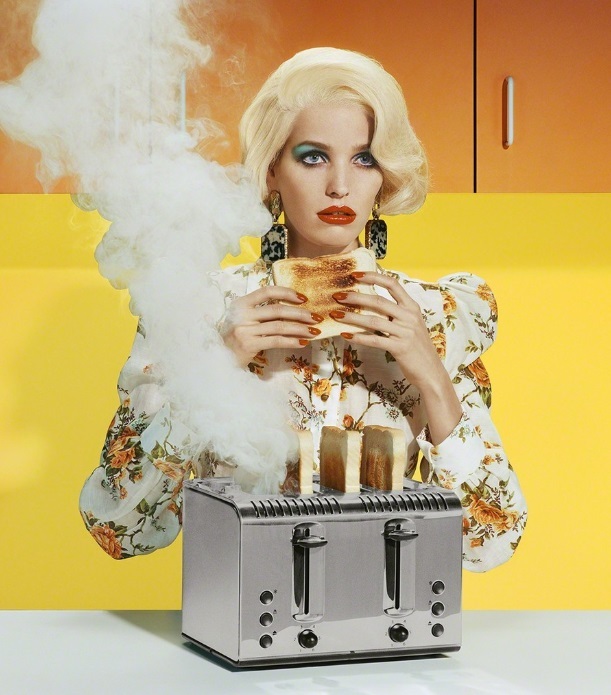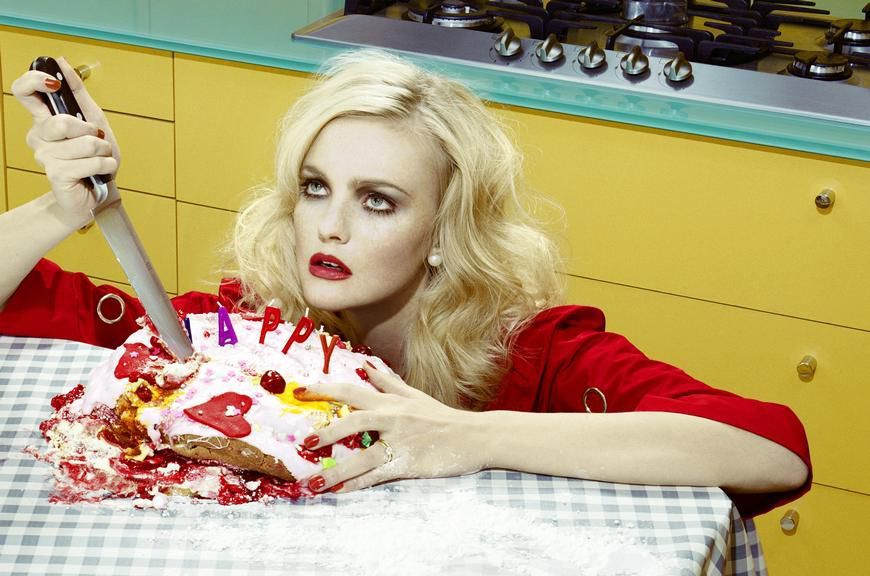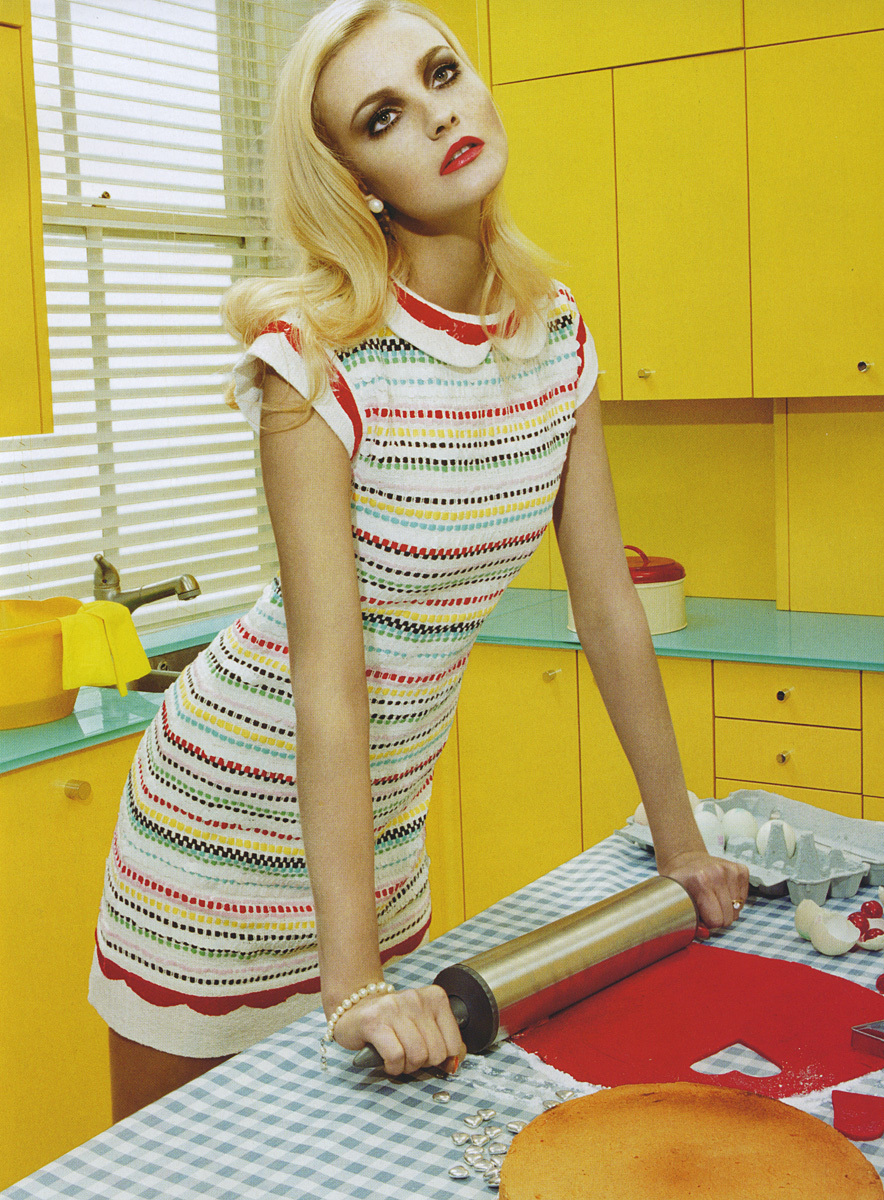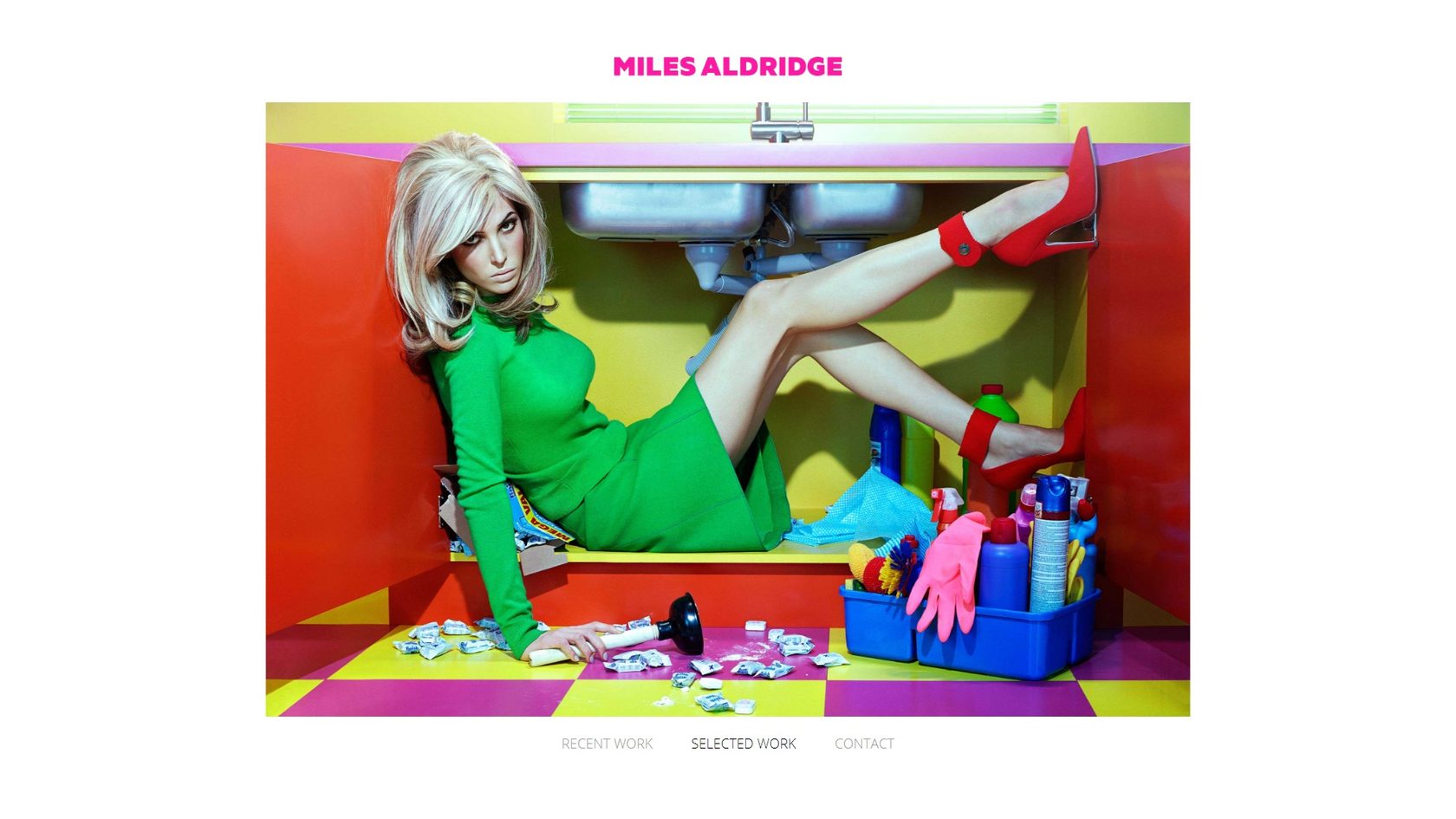© BD PERIPHERIQUE / BE IN OPEN / TEXTS ON FASHION ISSUE 1

Open this page on desktop >1200px to see animation


ON FASHION REFERENCES
WHAT IS THE DIFFERENCE BETWEEN WORKING WITH REFERENCES IN COMMERCIAL AND ART PROJECTS AND WHAT TO DO WHEN NOTHING GIVES INSPIRATION? WE HAVE SPOKEN WITH KATYA TURKINA FASO, A PHOTOGRAPHER AND A LECTURER AT LONDON COLLEGE OF FASHION.
TEXTS ON FASHION
Could you please tell us how the work with references is organized in a commercial photography?
The client usually communicates with the photographer through an intermediary, an art director from another company. The photographer is, therefore, placed at the end of the creative chain and has to work with references provided by the art director, to interpret them and suggest an own version of the result.
Does that mean that it is easier to do a commercial project, since everything is decided and your only job is to implement other people's ideas?
There is a catch here: sometimes it seems that everyone has a common understanding when, in fact, we have not. The photographer needs to get accurate information from the art director in order to figure out what is actually required. It is always advisable to meet in advance. I generally believe that live communication is a key, especially when it comes to references. You may be given a selection of ten pictures, but how would you tell for sure what the client or the art director actually like in them? Is it a posture, a colour, or something else? Or you may be even given your own works with a comment like "We want it to be photographed the way you do it." But the thing is: I do not know how I do it. It is important to ask what the client sees in these works.
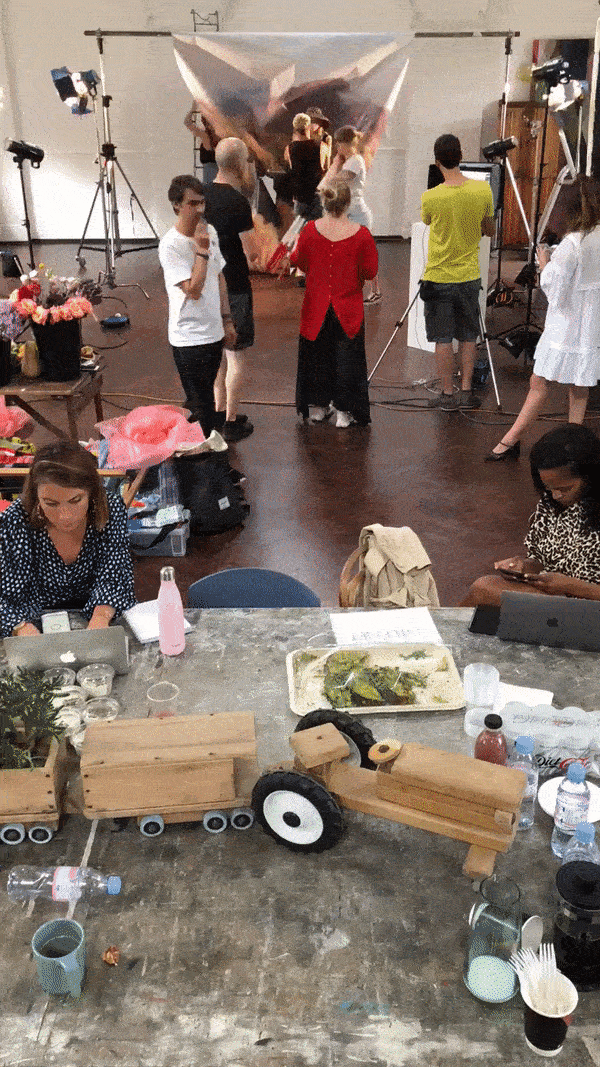
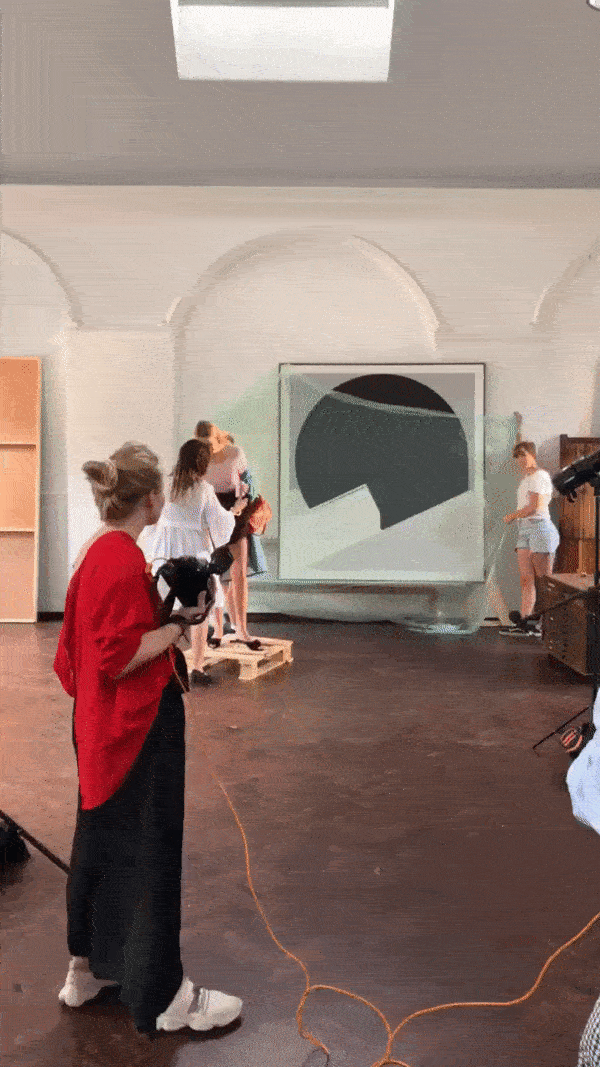
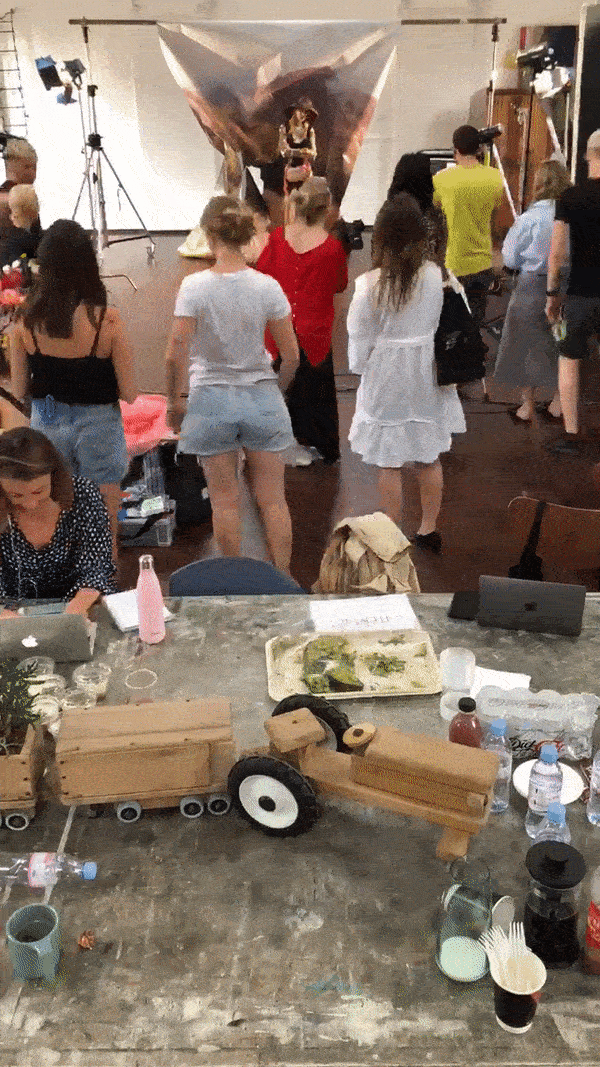
Backstage: Mulberry for Vogue UK
What strange requests do you receive from your clients?
It seems absurd when brands request photos and videos to be shot in one day. Especially when they are reluctant to hire a separate film director and believe that a single photographer is enough. In this case, the photographer invites a cameraman or even films everything on their own, which requires double preparation. I am not doing very well at this so far. The last time, I had to outsource video to a cameraman because I physically did not have the time to follow what was going on the set as there was so much fuss. I simply needed a break in between shot changes. However, since I remain the director, it is me who is held responsible for all problems with video, if any. You must either work with a reliable cameraman or participate in making video by yourself. I am still trying to figure out how to manage such a complex process, especially when we only have six hours for the entire shoot. I used to think that only small brands have time problems, but it turned out that big companies are even worse. They may come and say that a photo and video shoot is the day after tomorrow, and you have to prepare overnight, both as a film director and as a photographer. If you are lucky, you receive some sketchy art direction and start making your mind. At the moment I am actively studying videography. In October, I will give lectures on this subject at London College of Fashion. I must admit, videography is very different from photography.
It looks like before the shooting you have to think more about organizational issues rather than the creative process, is it right?
Yes, I always say that it is important to plan the shooting day in as much detail as possible and imagine what problems may arise in the process. To do this, you can recall your previous experiences and try to prevent undesirable situations. It is not possible to prepare for the creative process. It may all go nice and easy, or it may be a failure. In the latter case, all the moments that you have not thought through will come out. I recently had a shoot, which I had been very much looking forward to, but, after it ended, I was completely exhausted! It was all because of the dissonance they had in the art direction, which I just could not understand. I only needed to complete their request, but they themselves did not know what they wanted. There were a lot of tests, which is strange in commercial photography. You agree on everything, but, in the end, they keep staying dissatisfied with this or that. It is not always the photographer's fault; the problem may well be in the set designer, let's say. And then you get really mad, because you have discussed everything and they have a PDF with this set design, which they have approved.
How to prevent such a situation?
The photographer must stay aware of everything that happens on the set, from each pen and flower in the set design to the make-up. This saves from many disappointments later on. I always check what is on the hangers, who does what, who brings what. Sometimes the set designer brings 30 boxes of all sorts of stuff and then forgets about it, or gets so anxious that starts believing that all this stuff is of no use. Sometimes the stylist does not offer a certain piece, being sure it is not needed, when it is exactly what you want.
Do you usually meet the set designer and the stylist directly on the set?
Yes, and this is a huge problem. The art director is not a technical expert and does not know how to materialize what exists only in their head. Therefore, it is important to discuss everything with the art director and the team at least before shooting, for example, during the make-up stage. There was a case when the art director sent to the set a pack of references that had been approved by the client. During the work, I did not have a slightest idea they existed. No one put them on the wall to organize a discussion and point fingers at details. It felt nice that the client trusted me, but it would have been of help to know their vision. Especially when the shooting time is limited to just a day.
Do you make a plan to meet the deadlines?
I always prepare a photoscript. I put down all necessary shots and shot combinations. If I am going to photograph 10 pairs of shoes, 30 bags or a portrait, I make notes on general and detailed pictures I will need later during the upmaking, not miss anything. Actually, this is a work on a storytelling.
Let's talk about your photo shoot for Mulberry. How was it done? Did they say that they wanted flowers and photo wallpaper?
They had a muse, a young poetess who wrote a poem for them. I usually take part in the casting, but here I was simply informed whom to photograph. Moreover, they said they needed a playful message. In general, this shoot was just an advertorial for the British Vogue. Their idea, quite incomprehensible to me, was that this playful and cheerful muse lived in the city of London. Yet, for some reason, we were shooting in a studio. I received some instructions beforehand, and the rest was decided along the way. When such a client hires you, they do not give you clear references, but they can say that they want something playful...
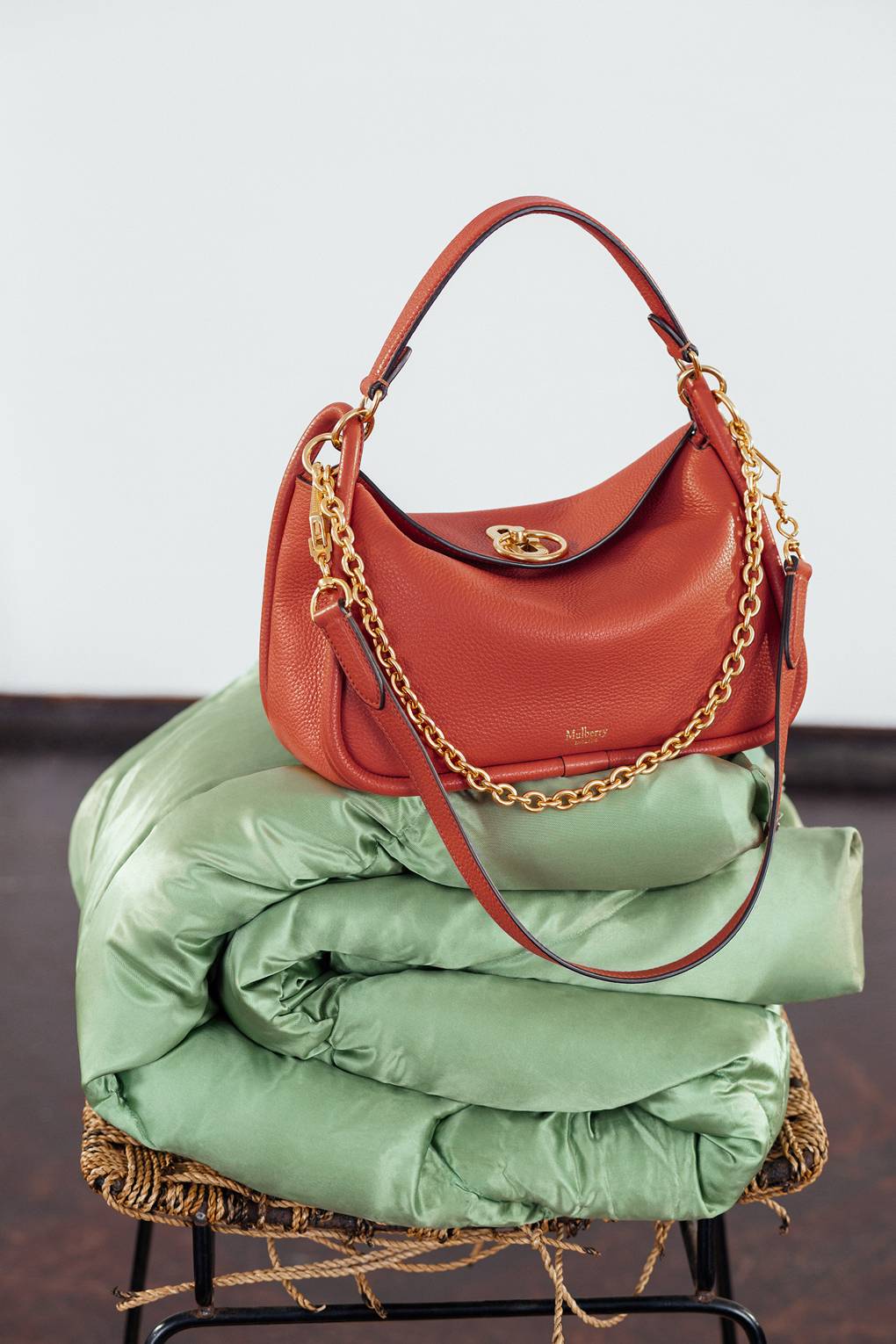
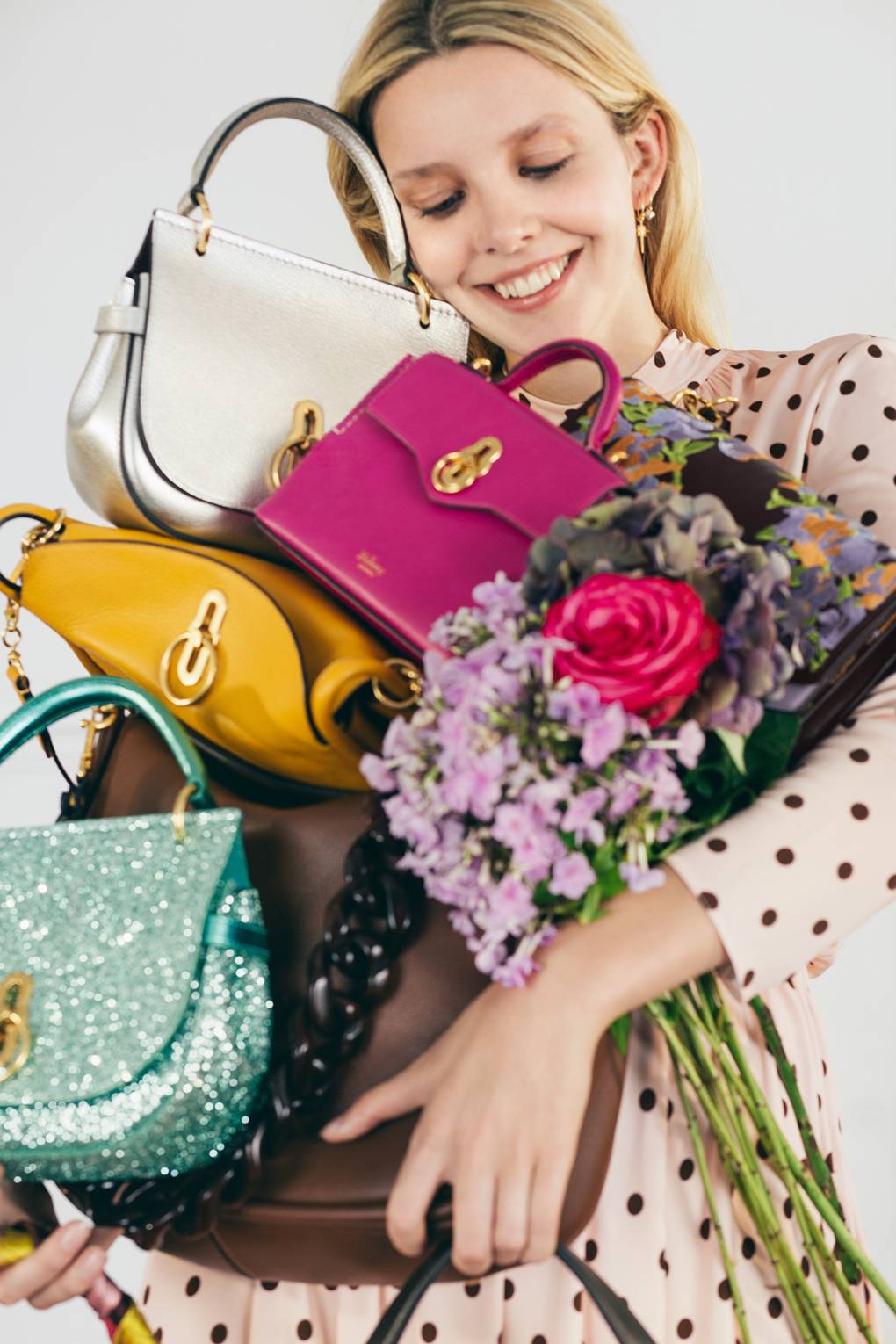
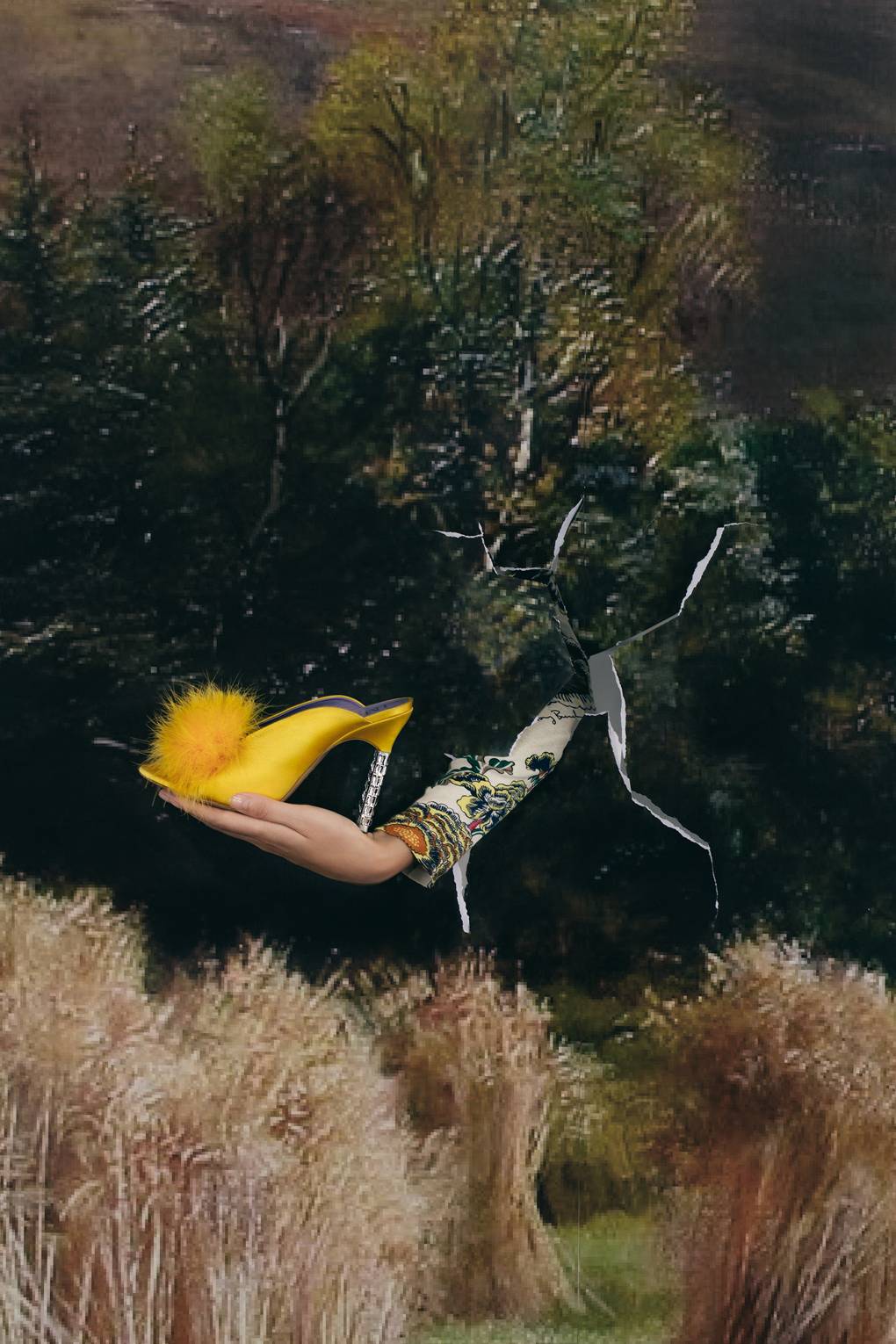
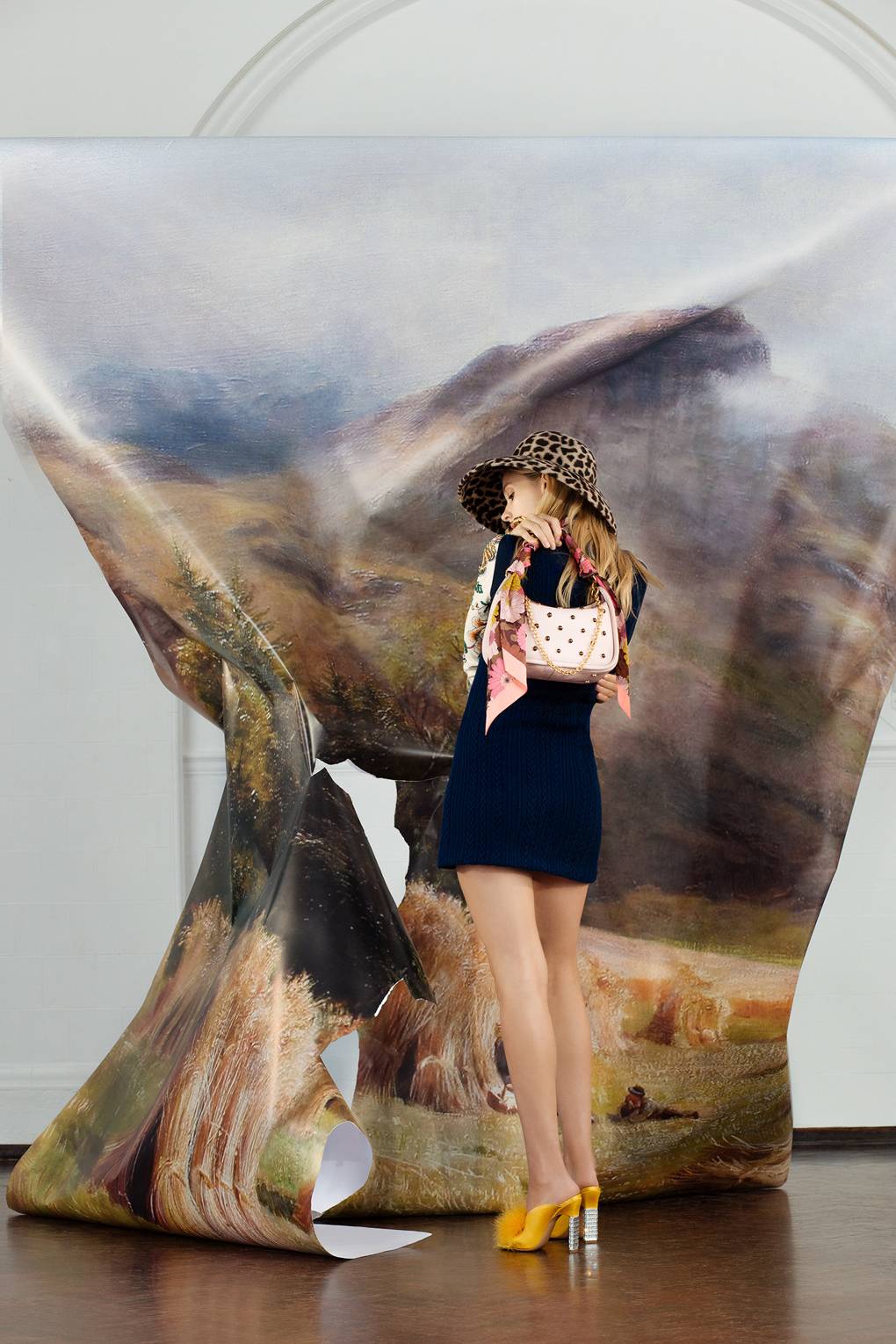
Mulberry for Vogue UK. Photo: Turkina Faso
And where did the wallpaper come from?
The photo wallpaper was brought by the set designer, among many other things. Usually I check the available selection and choose what will and will not be used. In this case many things were not included, rejected by the client on the set; however, I managed to defend some. Probably, I would have done this photo shoot differently, but the art direction was not in my domain.
It sounds like you are not very happy with it.
To put it mildly, yes. It is just a shame to get such a mediocre result with such grand opportunities. I do not hate this photo shoot, but, on a scale from 1 to 10, I would give it 5. I feel it to be mine by 10% tops. If only they had let me photograph the way I like...
Is it useful for a photographer to have a bunch of folders with references on the computer?
Sometimes you really go through these folders, one thing clings to another and a new idea emerges. I had a mood board prepared for Cyrille Gassiline. That shoot did not happen, but I kept the board. Later, I stumbled upon it and sent it to my now friend, the editor from the Chinese Vogue. She liked it so much that she flew to London for it.
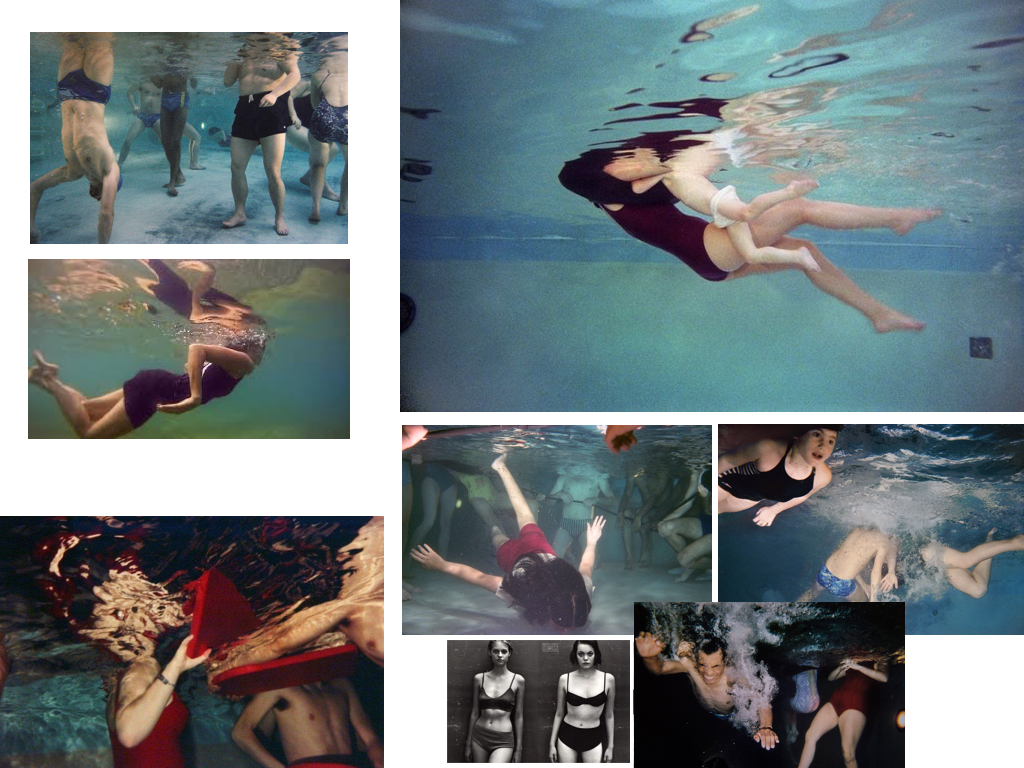
Photo: Larry Sultan
What was in that moodboard?
An initial idea was a rather abstract and mainly referred to documentary photographer Larry Sultan, who took pictures of people under water. These images depict people flinging their feet in the water, children's butts and things like that. And you also pay attention to colour: red swimsuits, and dark pool water. We did not have money to fly to Thailand, so we photographed at the backyard pool at my agent's house. It was +15oC in May in London and we had to bathe in icy water. We were freezing cold. The shoot was taken in crazy conditions; the fashion editor-in-chief said we were all insane. But the result was quite fine.
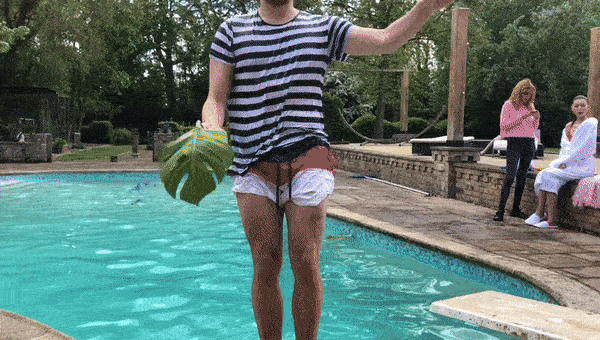
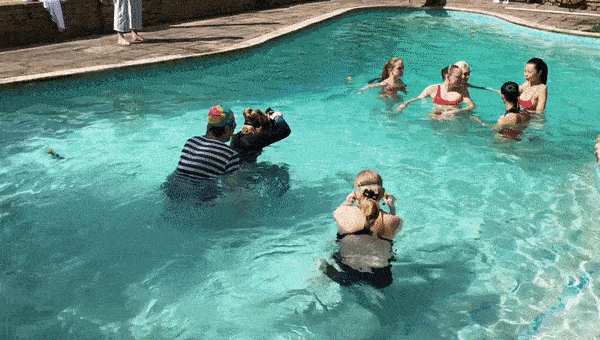
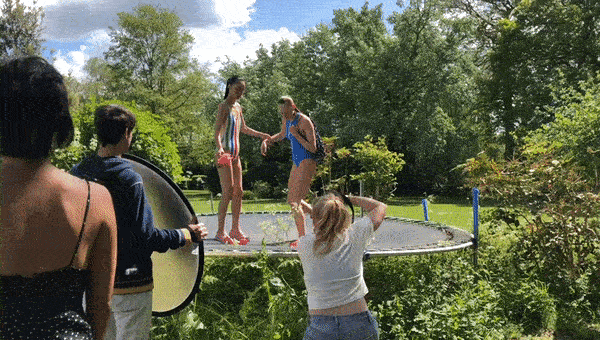



Backstage: Turkina Faso for Vogue Me
Did the weather spoil the initial idea?
Since I could not stay under water for too long because of the cold, it ended up as a ground-based photo session with some elements of underwater photography. By the way, for a long time, I have been obsessed with a cover of Vice 2015, with a girl in a red dress pinching her nose and falling with her back towards a pool. Finally, I had a chance to use this reference. So, there appeared a shot with a girl who is about to fall into the pool, with her heel already taking off the ground. This is a fairly straightforward reference, but the story is told differently.

Cover of Vice Magazine (2015)
This photo shoot is related to a physical experience, a theme which seems to gains more interest nowadays. Maybe that is the secret.
This is certainly true. For me, a good photo is the one where I can feel what has happened. I am really proud of this pool shoot because it was very hard. And I know that many people like it and enjoy seeing it. This is what is missing in the Mulberry shoot; I would like to add a certain feel to it, so that people would want to return to it, to see it again.
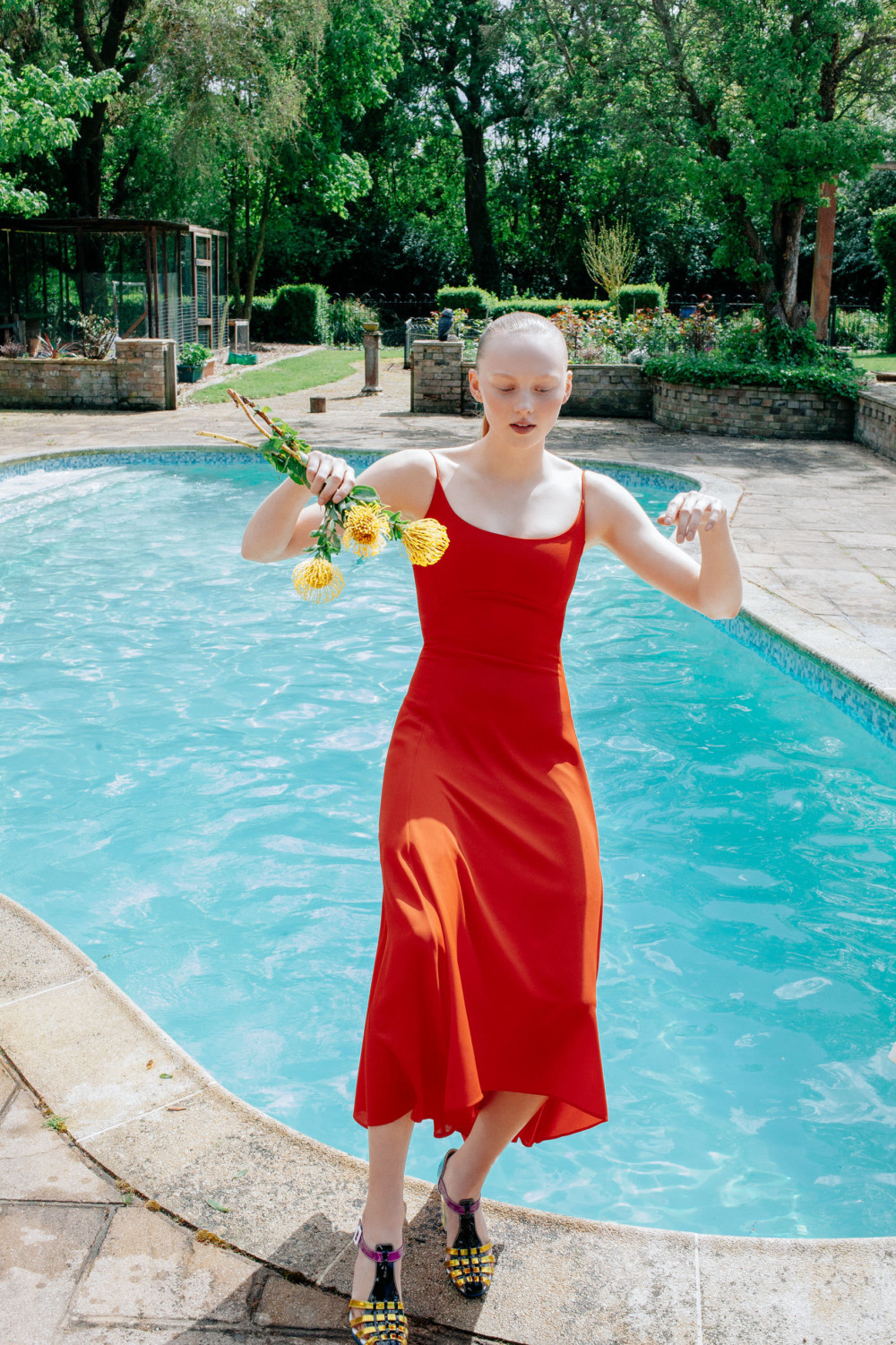
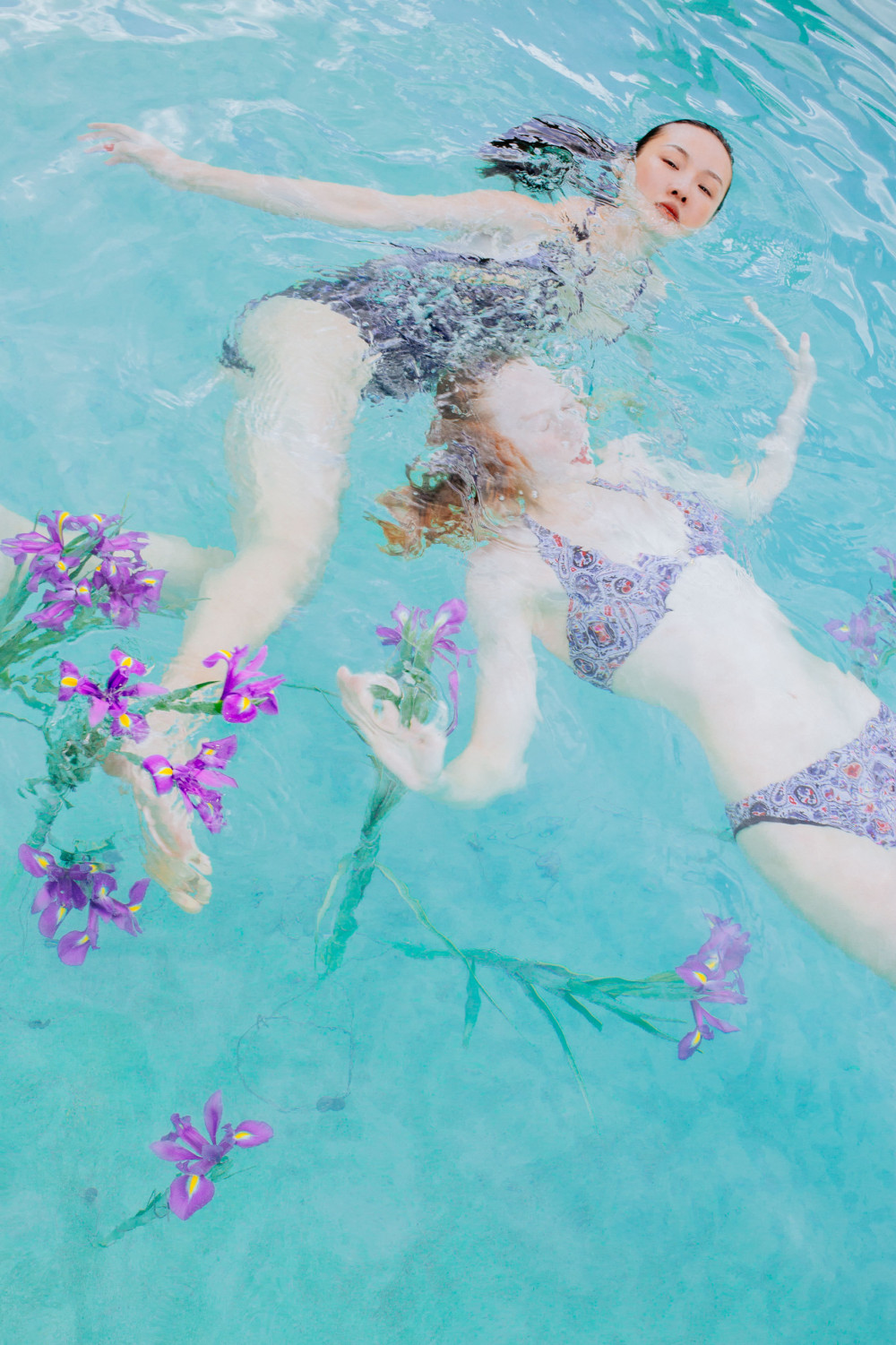
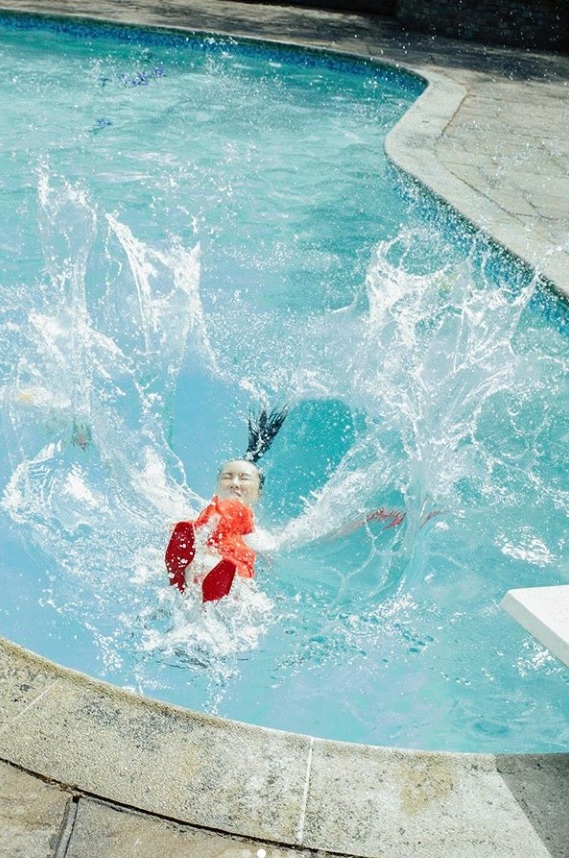
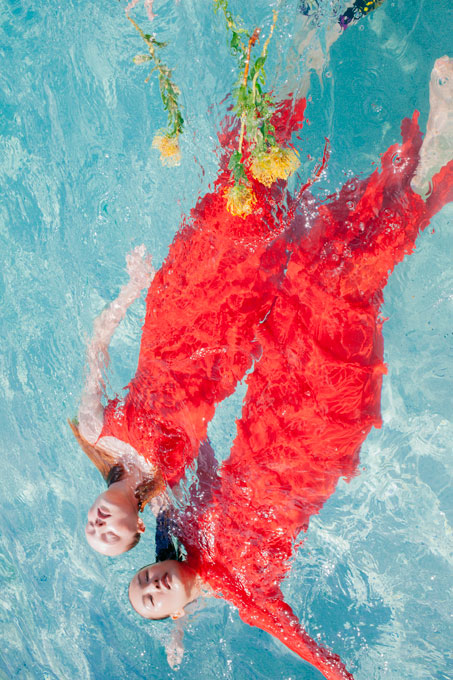
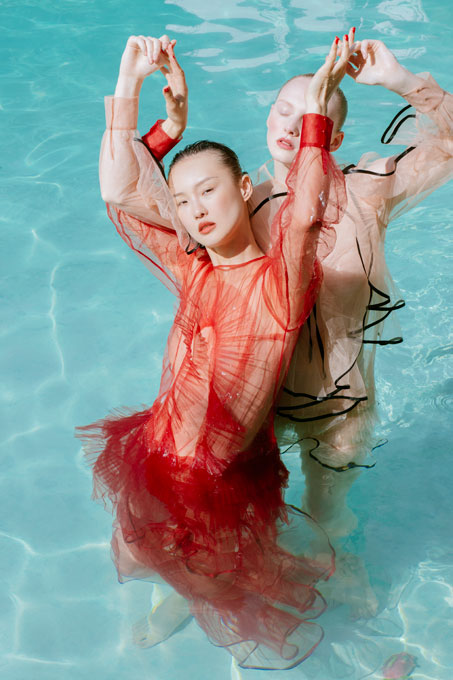
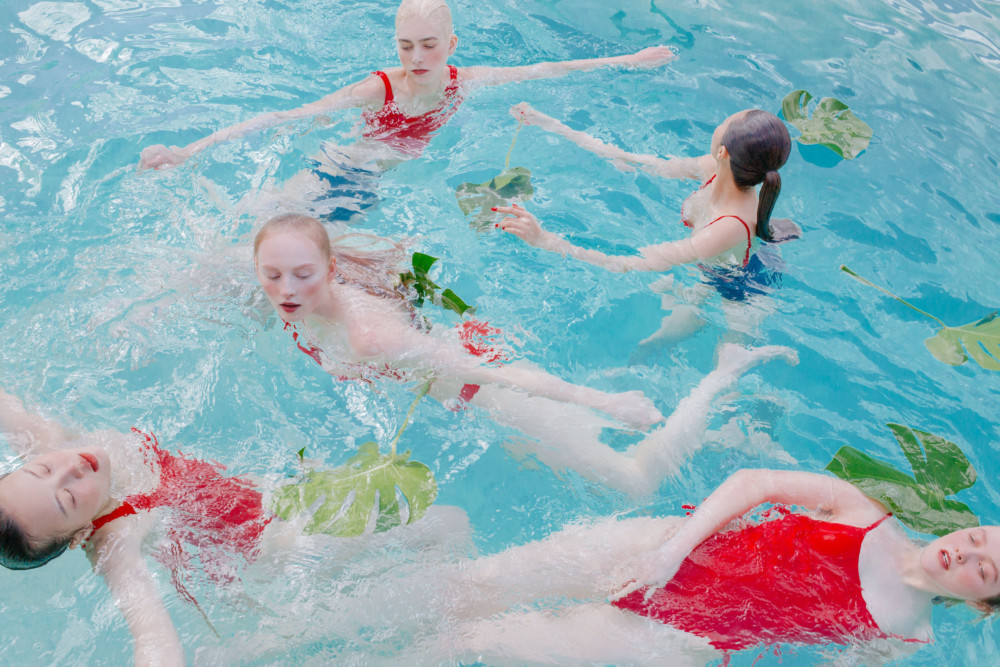
Vogue Me, august 2018. Photo: Turkina Faso
BELGIAN PHOTOGRAPHER PIERRE DEBUSSCHERE HAS A VIDEO WHERE A GIRL IS SPLASHING IN THE WATER. WHEN I COMPLETELY RUN OUT OF IDEAS, I WATCH THIS VIDEO. THERE IS SUCH MUSIC, THE SOUNDTRACK AND THE SOUNDS ARE SO GOOD, AND THE VIDEO IS PERFECTLY FILMED. I AM HIS HUGE FAN. A TALENTED YOUNG PHOTOGRAPHER, HE HAS ALREADY BEEN PRESENT AT ART + COMMERCE, WHILE BEING ABSOLUTELY NOT IN TREND, SHOOTING IN HIS OWN COLD, PALE, AND FROZEN STYLE. AND STILL, HE IS FASHIONABLE. HE MADE PHOTO SHOOTS FOR RAF SIMONS, WORKED WITH LOTTA VOLKOVA. HE SAYS THAT WHEN HE MET LOTTA HE WAS SURPRISED THAT THEY WERE APPOINTED TO WORK TOGETHER; SHE HAD A COMPLETELY DIFFERENT AESTHETICS AND HE DID NOT WANT TO GET LOST IN IT. BUT EVENTUALLY IT WENT FINE AND THEY GOT ALONG WELL TOGETHER
.
.
Let's return to something pleasant. Your sister and you travelled this summer. What were you photographing?
We went to Spain to take pictures for the Italian L'Officiel. I was given carte blanche; the magazine simply approved my ideas and the list of brands and gave me money. I prepared the schedule myself and ordered the entire team for five days (two for the road and three for the shoot). I have long been dreaming of such a relaxed luxury shoot and have always wanted to visit a salty lake. We would shoot every day at four in the morning and late at night to ensure certain lighting. As a result, we shot everything in three shifts, so there was still another evening left to think over the result. When we finished, I sent pictures to the editors, they accepted them, made a layout and sent it back to me in a day. I was very pleased. I can say that this was 100% my work.

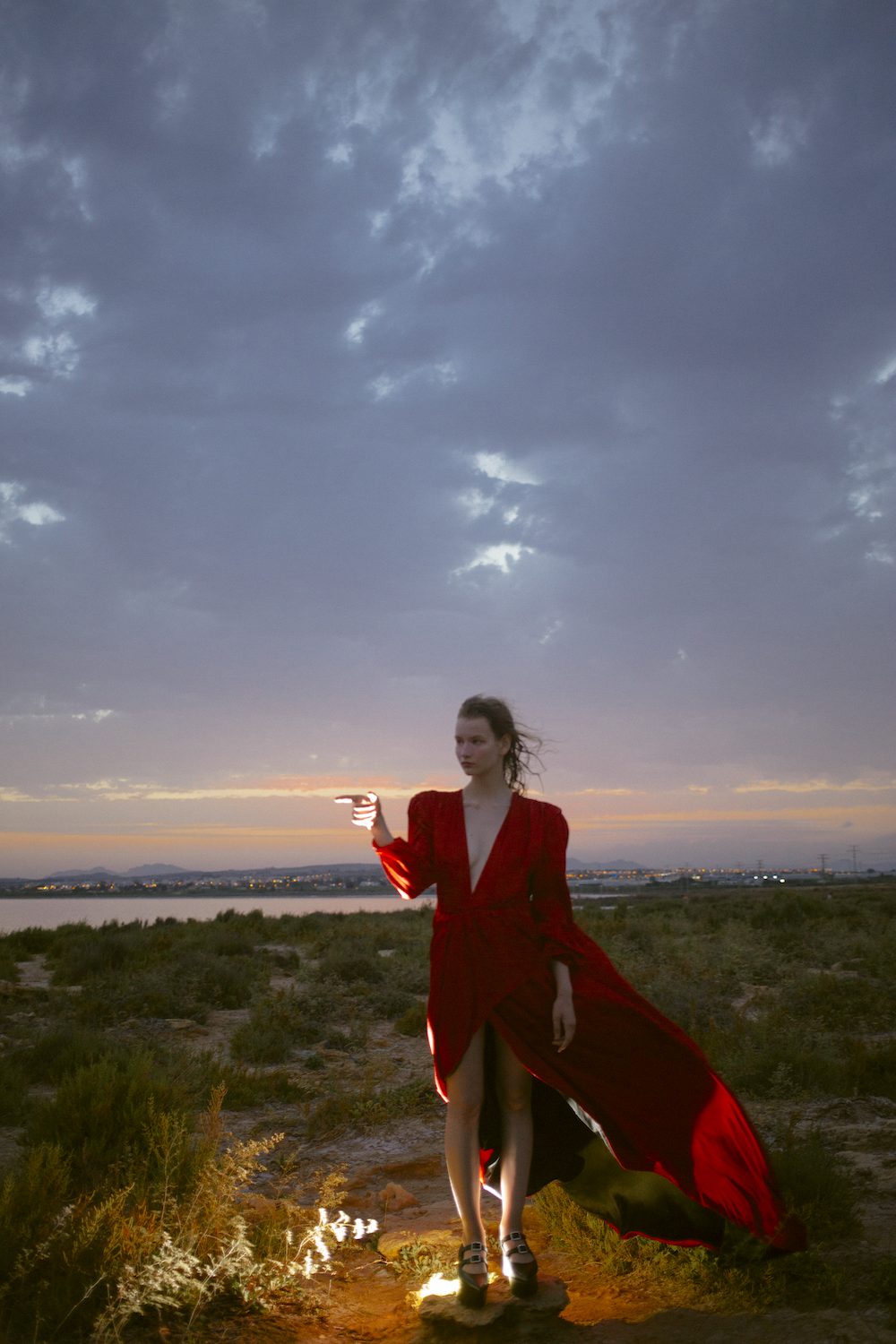
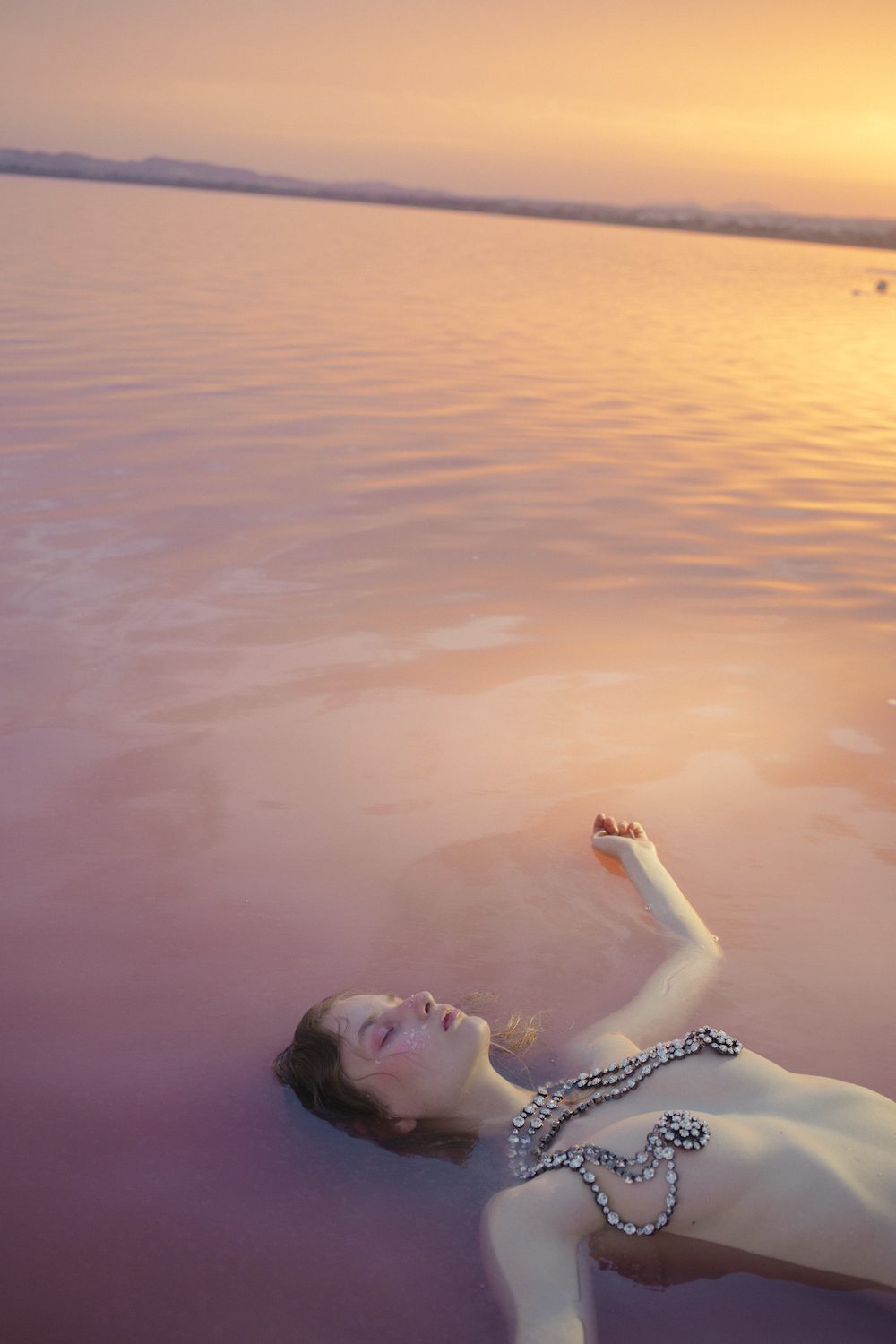
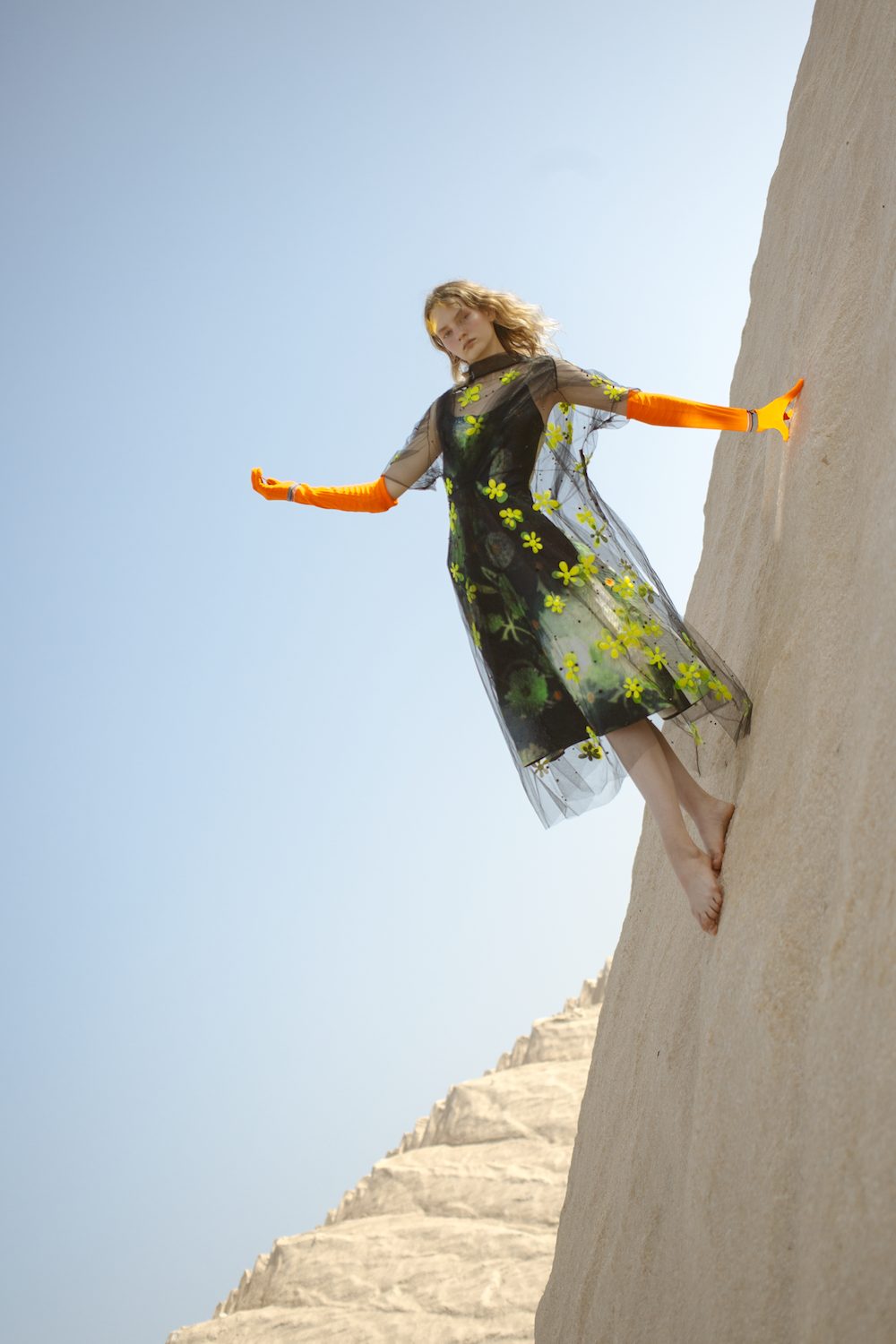

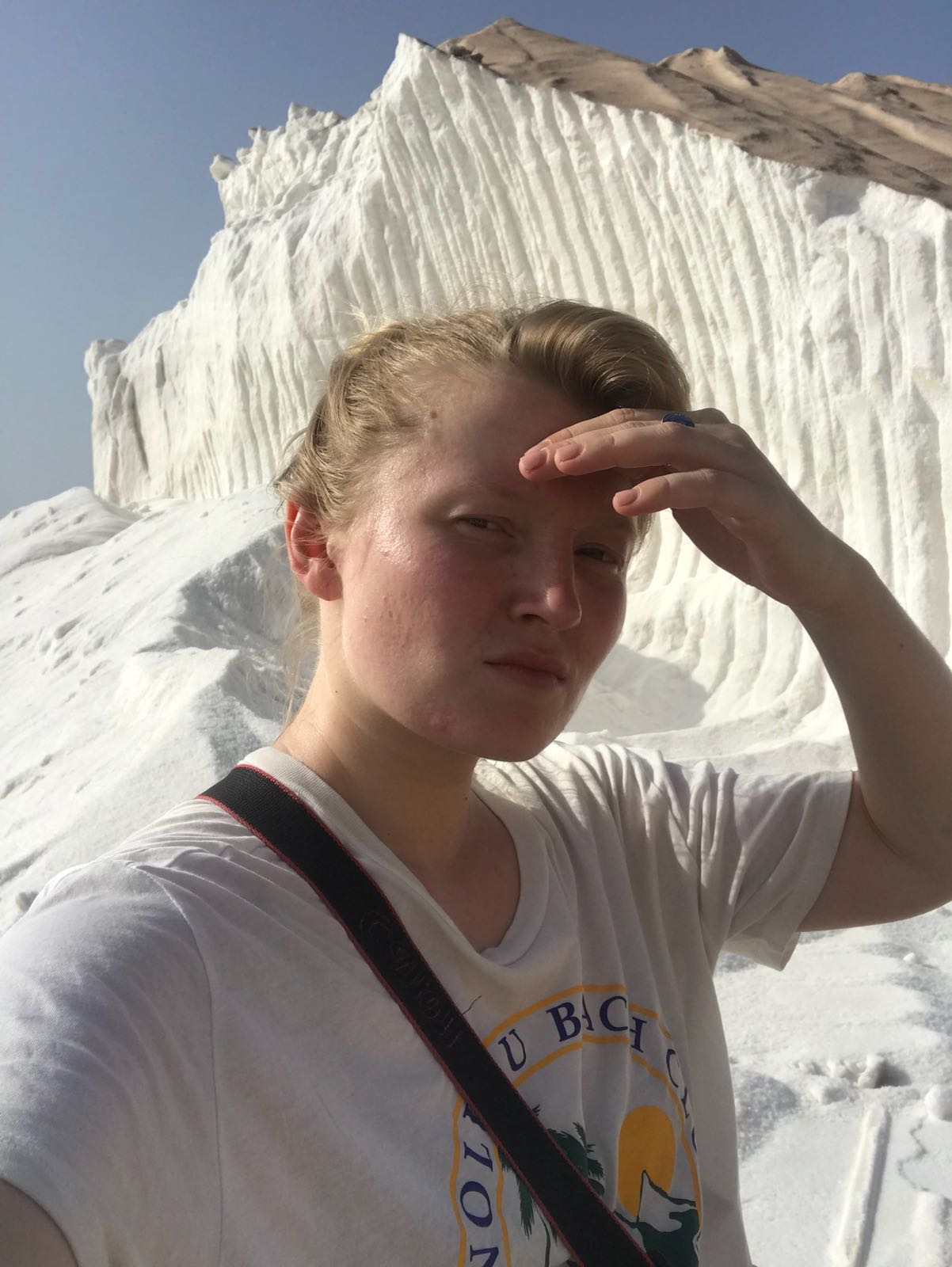
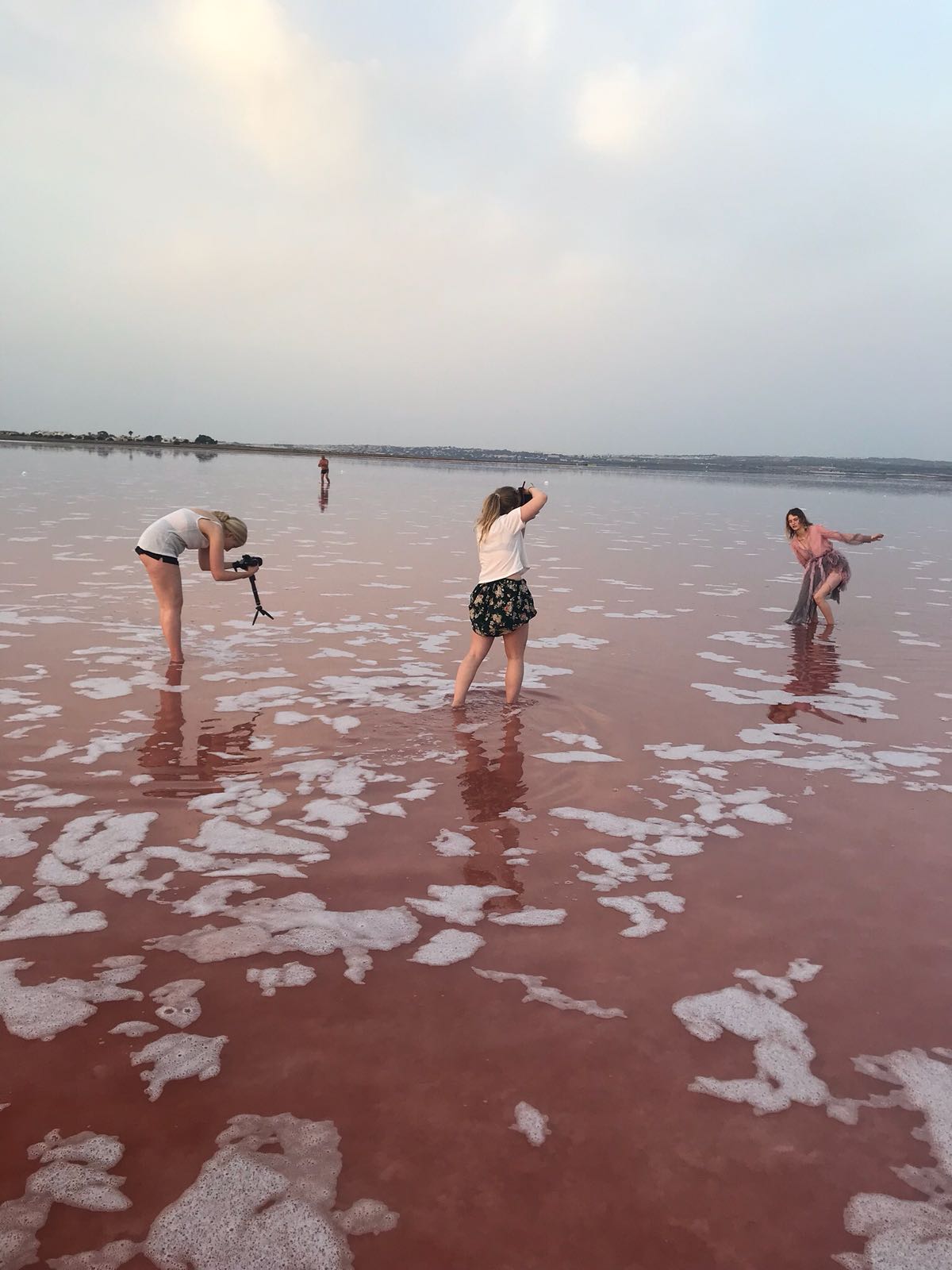
L'Officiel Italia, september 2018. Photo: Turkina Faso
Once you were given the freedom of action, how did you collect your thoughts and figure out what to do?
In fact, the magazine hired me after they saw a story I shot in a natural landscape. They literally asked me if I could make shots with a lot of space, using the same stylist, the same model and shooting in the same exact area. That other project was for the Punkt independent Italian magazine. I confessed that I was the stylist, and my sister was the model, and they said, ok, let's do it. The only difference was that now I hired a stylist, because ordering clothes is also hard work.
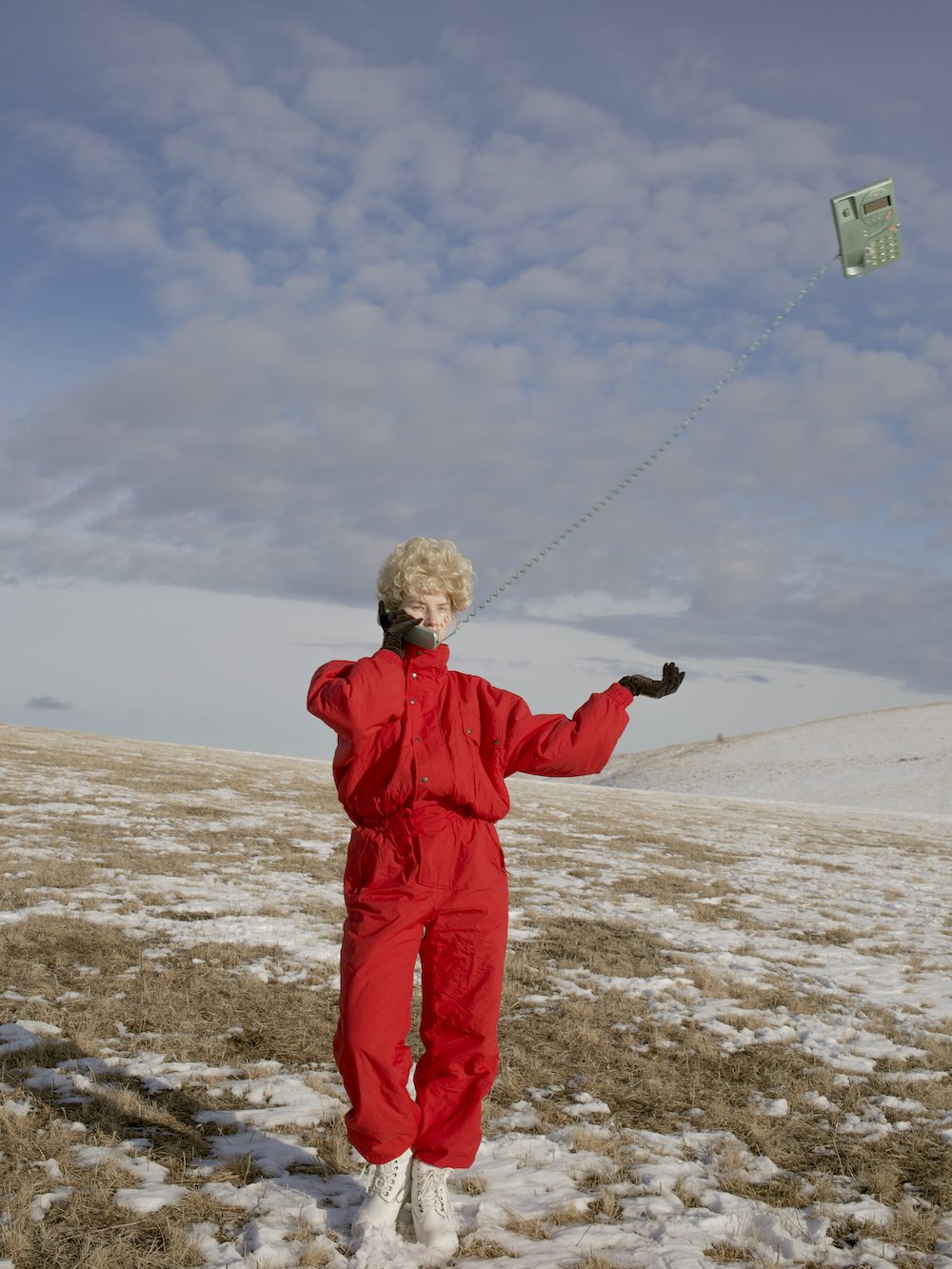
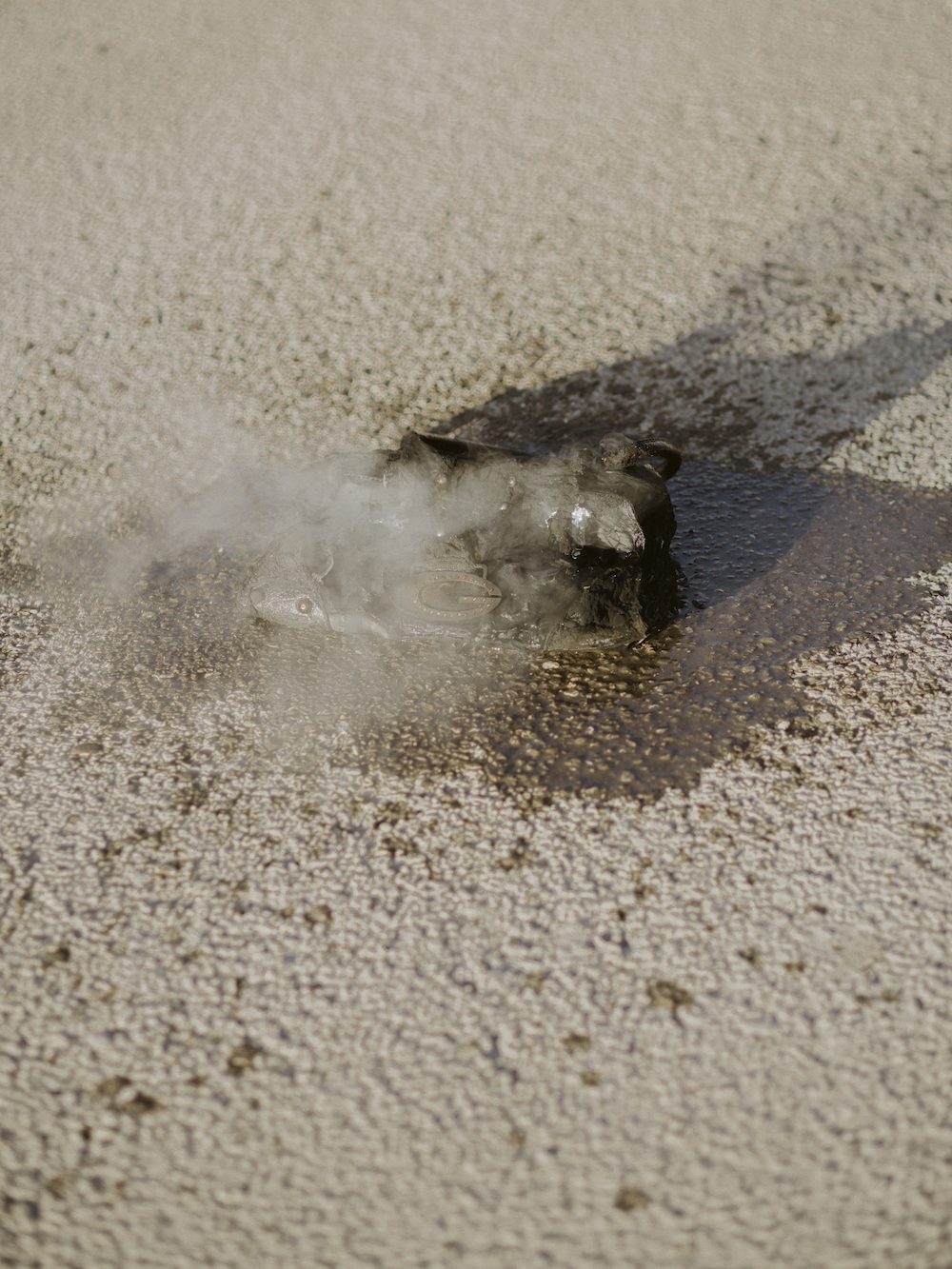
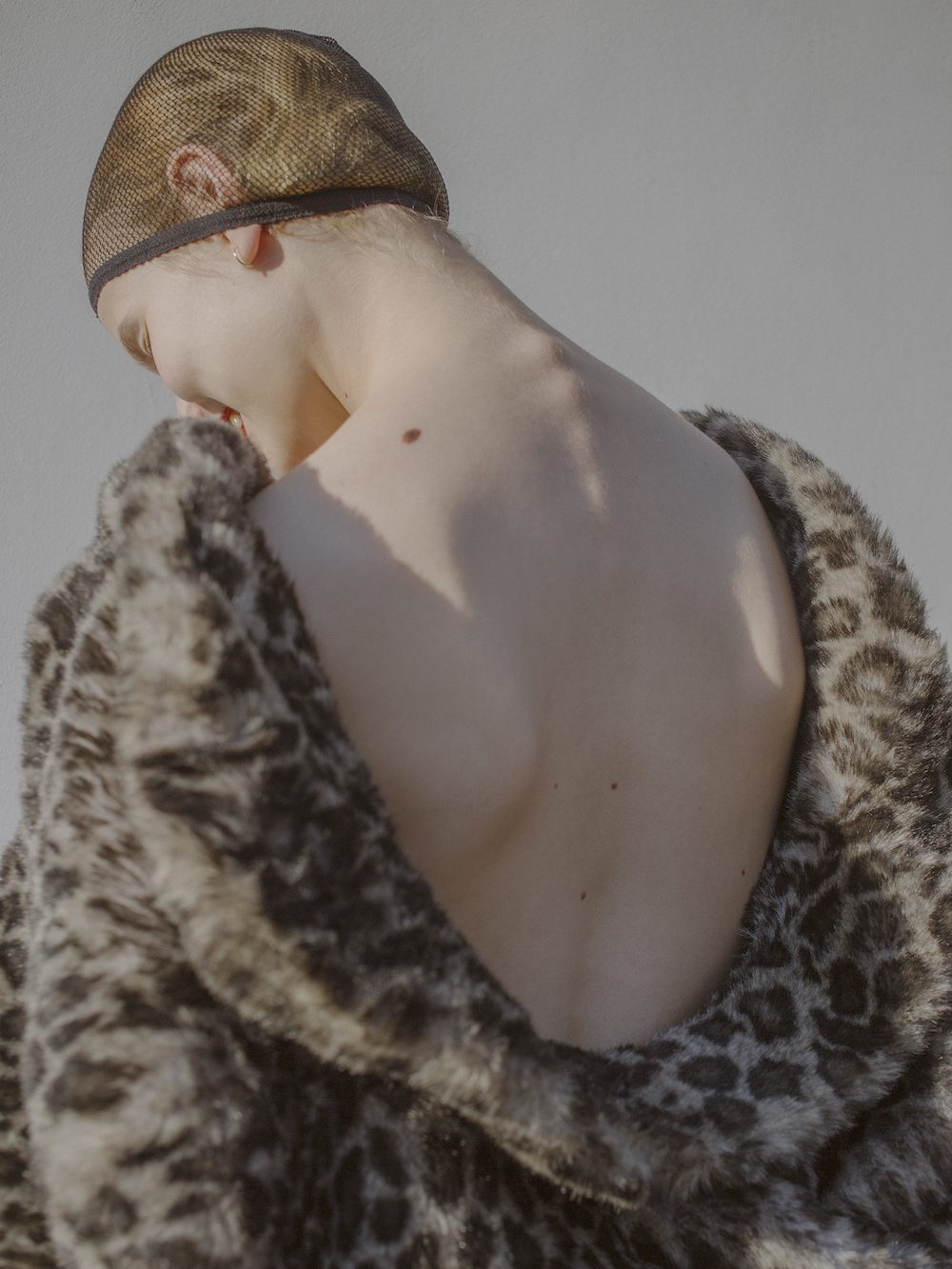
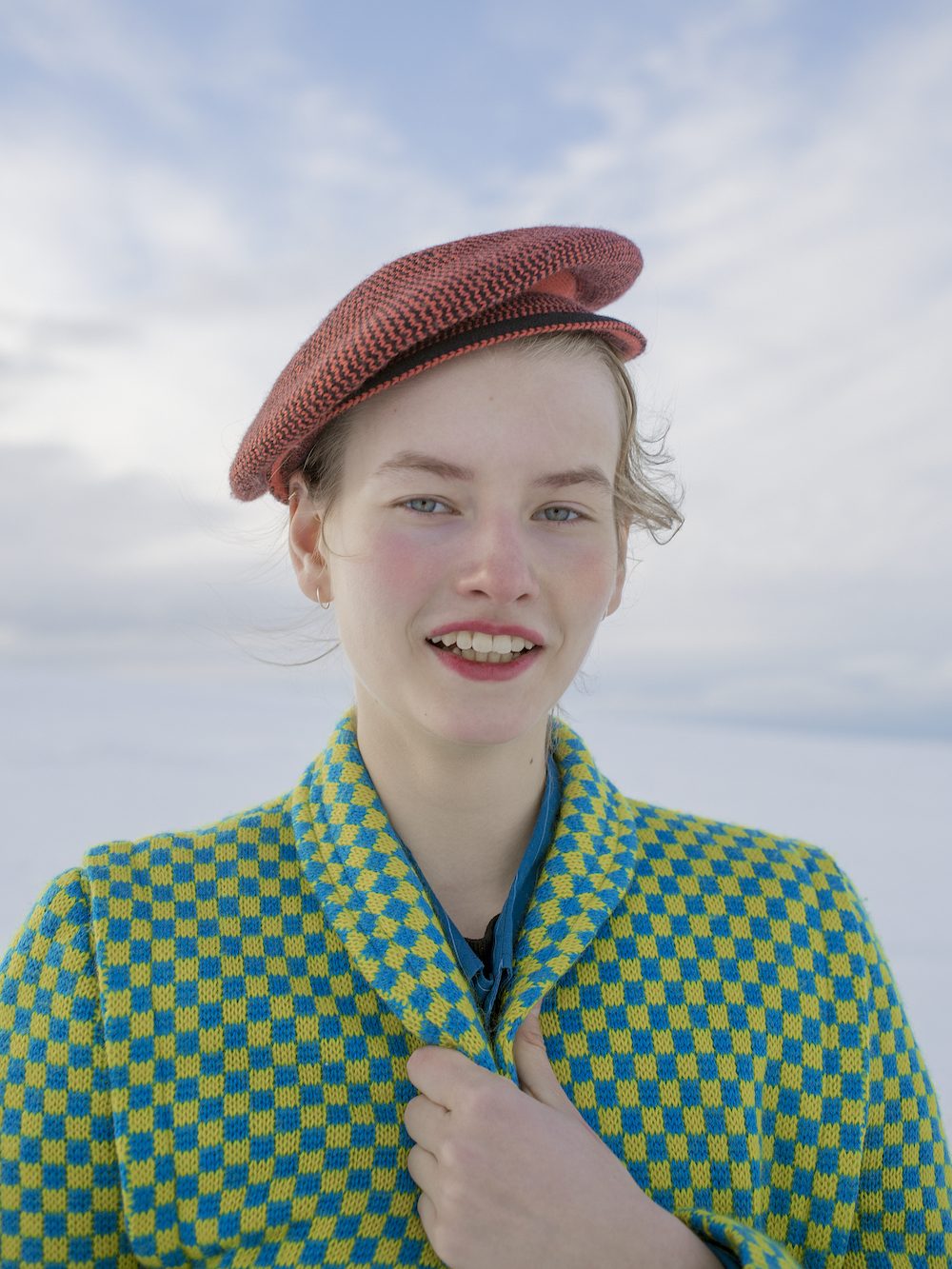
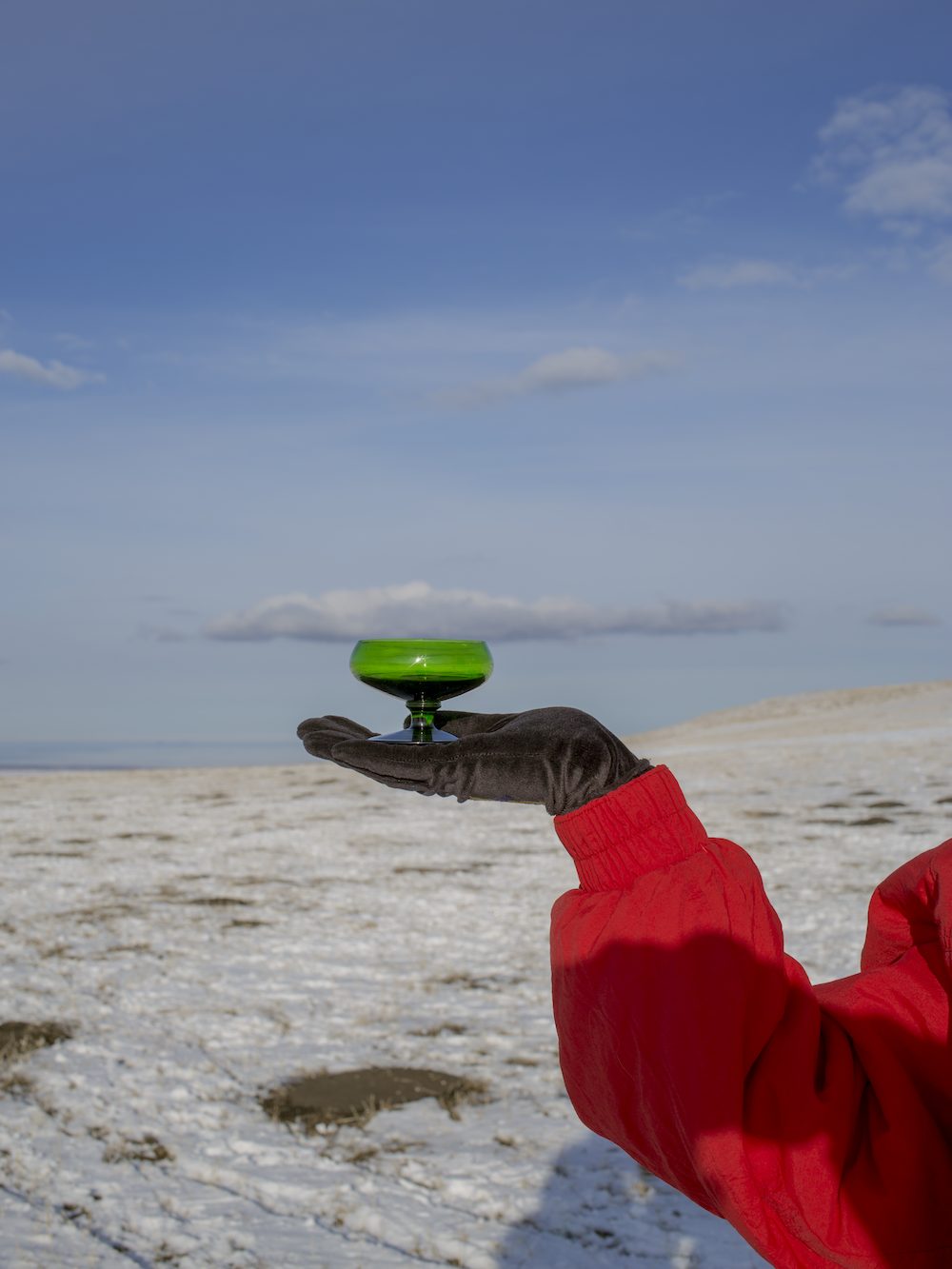
PUNKT magazine, SS 2018. Photo: Turkina Faso
Did the magazine even trust you with selecting the clothes?
They had a list of brands to be included. They definitely wanted to see Dior and optionally a couple a couple of Chanel and Moncler things. And then it was up to me to decide how to shoot it. Actually, I wanted to have jackets and trousers, but they said they preferred dresses. Then the stylist showed me the clothing sets and I had to decide whether they looked good. If a look is terrible, you opt for a portrait, capturing certain pieces and avoiding what does not seem nice.
Is there a story in this shoot?
I was just thinking today that earlier I had always tried to shoot stories, namely, a narration, but now these are just visually consistent photos that can exist independently. They are more like fashion than what I do for myself in the books.
How often photographers are given carte blanche?
I would say that this is the main trend in the work between magazines and photographers, when a magazine does not order a shoot based on its references, but suggests that the photographer offers a vision. The editorial work is currently getting more close to personal work. Although, at the same time, in Moscow, there is a trend for the people from the editorial office to leverage their own ambitions through others, when the editor hires a photographer and then boss around. In this case, I can hardly keep from saying: "Why don't you go and shoot it yourself then?" Some photographers pander to stylists or editors and would agree to anything a magazine asks, which eventually depersonalizes their work.
It seems that in creative shooting everything should be easier. But what if there is simply no inspiration?
For me, this is now a sore subject. To be honest, I was just sitting in the library, trying to find some references.
Can you describe the process?
I try to understand why one would want to hire me, not another photographer. I try to derive a formula, a pattern to characterize myself. After all, good artists always know their strong and weak points. As for me, I am attracted to all kind of things; this is my problem. If my only interest were porn, or pears, for instance, it would be much easier. But I choose both.
THERE ARE PHOTOGRAPHERS WHO BEGIN BY COPYING OTHERS, BUT THEN EVOLVE, MODIFY THEIR LANGUAGE AND GENERATE OWN STYLE. LIKE SCANDEBERGS, WHO STARTED BY SORTING OUT OTHER PEOPLE'S WORK AND NOW THEY KNOW EXACTLY WHAT THEY WANT
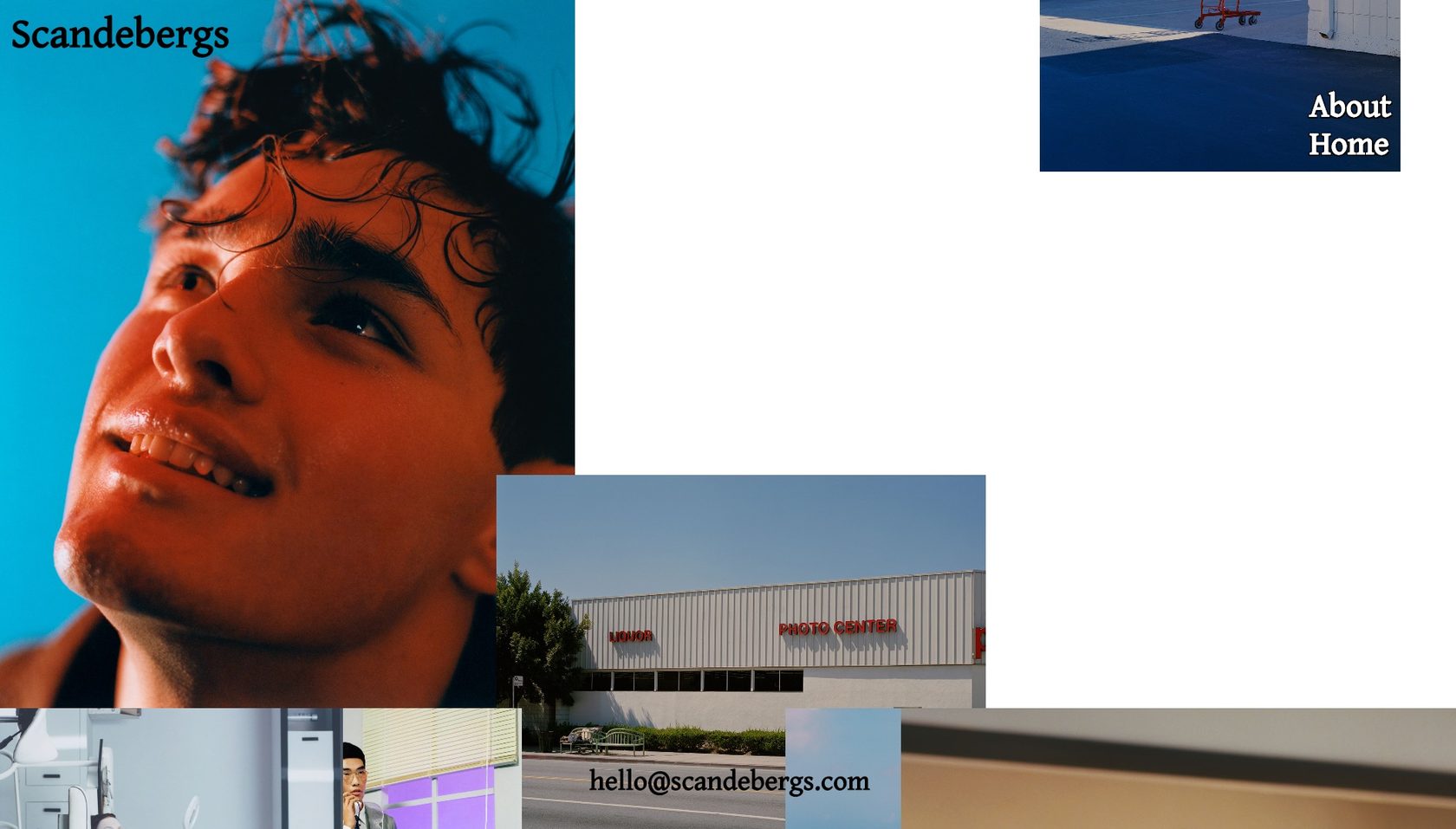
Some photographers manage to decide over their image and style. For example, Miles Aldridge has his own heroine, a blonde or redhead, pale, a housewife at times, but also a muse, she is cold and probably no longer alive. This is why his works are always easy to identify. I believe that this is the top class for a photographer to have an own character. I also have a character, but she is too literal — it is Alice. This is a problem I must solve somehow.
Well, you talk about an algorithm, a calculation, a plan, while your photo shoots with your sister are very natural, or at least they seem to be.
My sister does not live in London and I cannot photograph her every month for all magazines. Therefore, I want to understand myself. It is important for a person with multiple interests. Swedish photographer Benjamin Vnuk shoots girls in a very natural and easy manner. I do not want to force myself; I want to understand what I need to leave for the next time, or maybe the next decade. I want to avoid being versatile, as it ends up as a huge mess!
There are photographers who start with a bang and end with a fizzle. It seems they will become big stars and make an international name, but at the end of day they just end up doing everything. They jump on all types of commercial projects and eventually their art loses its originality and charm and turns lifeless. I do not want this to happen to me. This is why references are so important. A cool reference does not have to be related to fashion, or even be a visual thing. Actually, the search takes a lot of effort, but who in the fashion world would want to do extra? As for me, I often refer to wordings and texts, as well as to some abstract things that go around. For example, Asiya Bareyeva and I made a photo shoot which echoes Menagerie by poet Velimir Khlebnikov.





Menagerie. Photo: Turkina Faso
OR LOOK AT WHAT NADIA LEE DOES, IT IS A MIXTURE OF PHOTOS BASED ON STORIES AND TEXTS, AND VISUAL REFERENCES
It may be a good thing that you work in a variety of different areas and process them into your own style.
Yes and no. When you have high technical kills, it is very easy to start doing everything and get lost in it. If you look at what photographers do for Vogue and Dazed, you will see very different shoots. On the one hand, it is logical as the magazines are different. On the other hand, this may make your agent or editor ask: "Why are your works different?" They may accuse you of inconsistency. I know photographers who give up trying and start making similar shots. This looks like a year-long shoot as they do not allow themselves any experiments, there is no creativity. However, this is much easier to perceive for the client.
Is it possible to shoot the same for different clients?
It turns out that yes. Does Juergen Teller demonstrate any diversity in his work?
In addition to going to the library, what else helps you to concentrate?
I quit drinking alcohol (for now!) because I noticed that it confuses me rather than entertain. I started working out at the gym: it relieves stress and does not distract much. The first person from whom I heard a similar thought was Lev Erefimov, a Moscow-based commercial photographer. He is a great professional who I have much respect for. At the age of 18, I stumbled upon his interview in Afisha, where he said: "I don't hang out, I don't go anywhere because I work all day. If this is what I am interested in, then why waste time?"A similar thought is voiced in a recent interview with Nick Knight: "I have no vacations, I do not go to pubs, I do not watch TV; I do my work. Because there is nothing better in the world."On the one hand, it sounds fanatical, and on the other hand, it is cute: you understand that people sincerely love what they do. Of course, I do hang out, but it is important to stay aware of the difference between a single night out and a permanent party, associated with the fashion industry in a popular belief. Actually, both things exist. There are work horses and dreamboats in the industry, and I am not a dreamboat.
Do you ever compromise and shoot something in a specific manner because everyone is doing it this way?
No, I try to stay as far from it as possible. Although, I agree that it would be much easier to simply shoot photos like others do. There is a magazine I like, which refuses to hire me because they look at my photos from the perspective of trends and do not fully understand whether I am in the trend or not, whether I am simple or not, because I am somewhere outside of all this. They will never get it unless someone explains. If I were photographing in a manner they understand, the decision would not take long. I show absurdity, which, in fact, is not trending. I show my own romantic picture that goes against what is happening in fashion photography right now. At one point, the Vetements image was trending, and the photographers who picked it up were understandable to everyone. The same is with photo shoots copying the Balenciaga campaign, imitating the street style and paparazzi. This is a trending style, only indirectly related to visual culture. I would rather call it a conceptual style. Generally speaking, such things do not require a photographer. I do not possess an edgy image or style because I am focused on colour, shape, and my stories. I can use the same clothes, the same collections, but they will look completely different on my models.
And yet, if you were to define, what is your specific feature as a photographer?
I am good at shooting objects. Surprisingly, it is a very rare skill in fashion photography. As an editor once said to me, object photographers have absolutely no idea what to do with models, and those who work with models cannot handle any objects. Nowadays, everyone is trying to learn both skills; the editorials have become very mixed. It has never been like that before. My agent sells me as a double photographer, which comes as a shock for most clients. They cannot comprehend how this is possible.
What are the specifics of working with objects? Could you please give an example from an actual photo shoot?
Just recently I was shooting a campaign for a jewellery company. This was total still life: a glass and an item under it. This was sterile, purely technical and commercial photography, which we had been shooting for 12 hours using the stacking technology, super focus and all of that. Even though I was the one responsible for the art direction, I would never put these images on Instagram, because this is a purely commercial crap. However, I have the right skill to work with this type of photography so I do it for money — good money — and I am not going to decline such orders. Interesting enough, for me, this photo shoot is shockingly commercial, while for my client, it is shockingly avant-garde. Now, if Marni came to me and asked a photo shoot with my sister in my usual manner, it would feel very similar (laughs).
What references did the jewellery company provide?
This is interesting, because they sent me my photos: a fragment of a heel, a broken glass. Note that this is a brand that uses sustainable diamonds and their headquarters is located next to the Vogue house in London, with all corresponding luxury, pathos, and ridiculous photos on the website. And when I asked them what exactly they like in my photos, they said: "It is lightness, transparent elements, and accents." In such a case it is possible to find terms with a client, because sometimes people do not know what they want. Here, I only needed to guess the mood and colours the client will prefer to see. If you look at the mood board and our final result, you may even trace certain similarities. However, usually jewellery is shot clearly and plainly. Imagine a Tiffany ring from their website: you need to observe a lot of requirements to get such a result. This is a world where there are no suitable references; you need to look for them somewhere else. It took me five days to prepare this photo shoot and the result is simply laughable. It looks as if it was very easy to do.
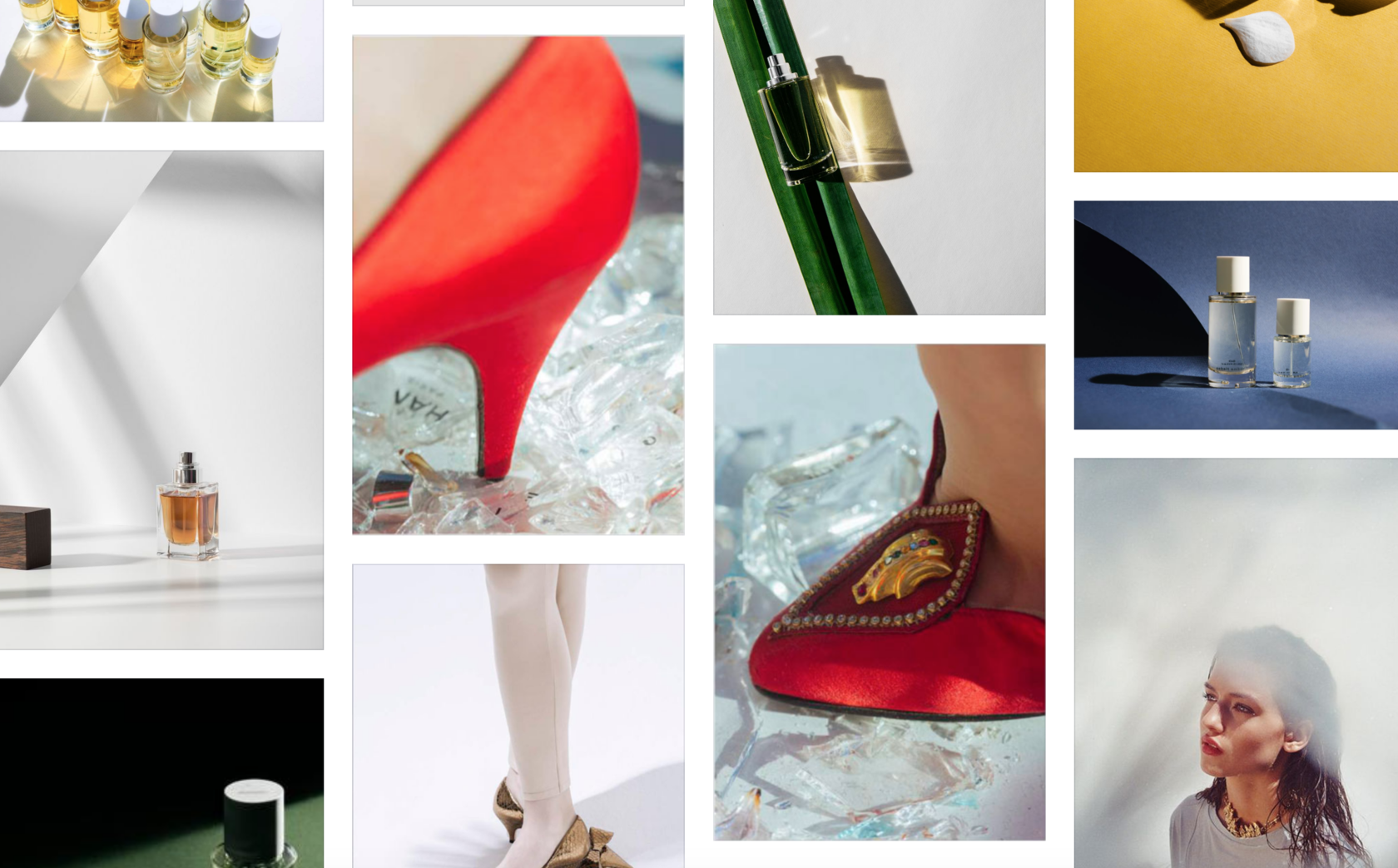
Do you use references when shooting with your sister?
No, I rather rely on objects. I search for items in the second-hand clothing, get some wigs, add my beloved gloves. I pull it all together and do the testing. In a sense, these photo shoots are driven by styling. I used a reference once. It was a still life from Soviet cookbooks, but I never finished that work. It would have been a very interesting image.
What recent visual works have impressed you lately?
I like how the Gucci team works with references and images. They have a seemingly heavy luxury style, but their editorials and stylistics are very poetic. I really like their campaign inspired by Northern Soul. I watch it quite often because I really like the dance and the way they did it. I also like the revolution theme. It is great when something is so good that you want to watch it again and again. When here is a certain idea, heroes, and vivid characters. This is cool.
Кампании Gucci Pre-Fall 2018 и Pre-Fall 2017
I LIKE BLOMMERS AND SCHUMM VERY MUCH. THEIR MAIN REFERENCES ARE PASSPORT PHOTOS .
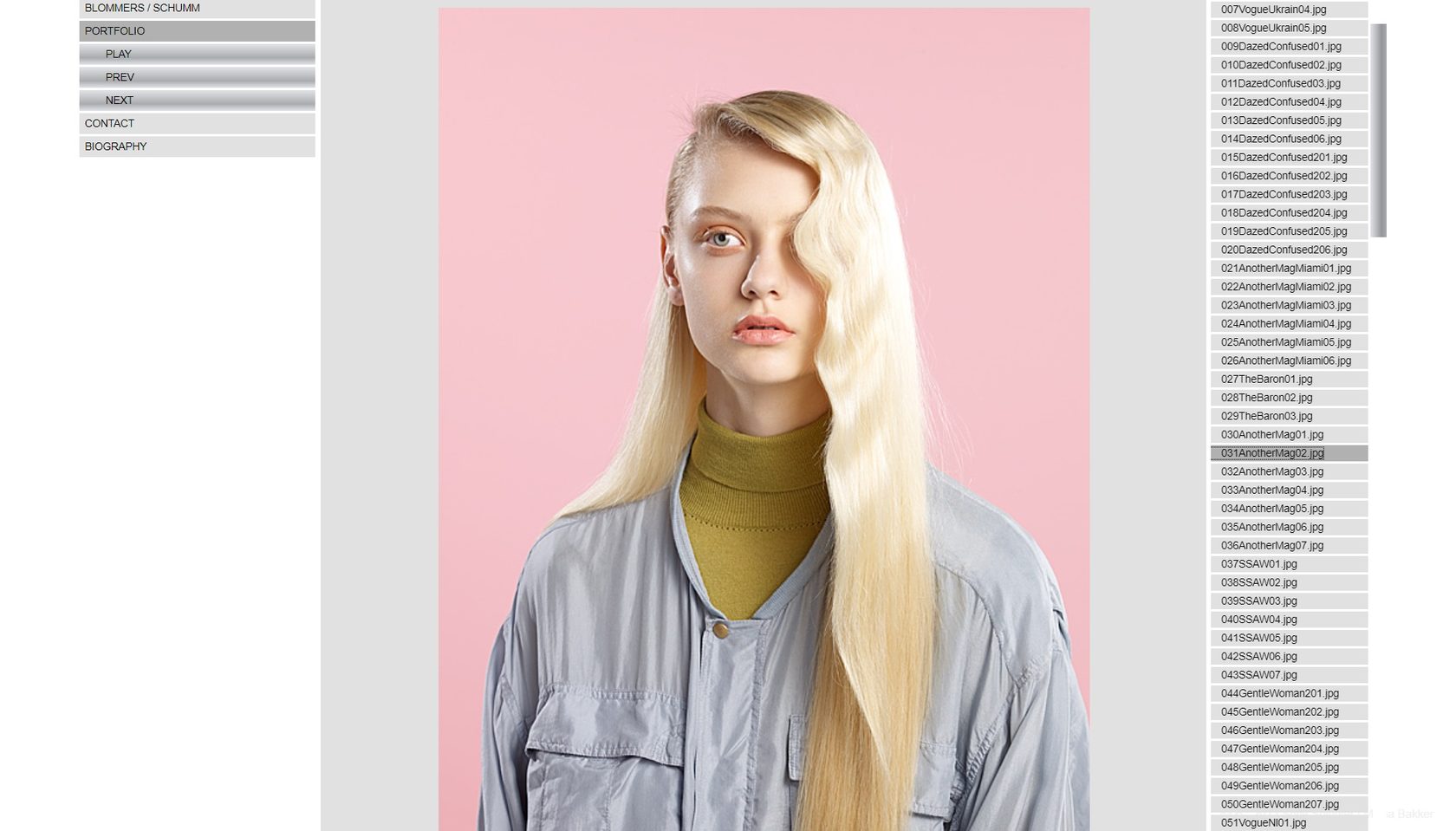
You have provided examples of how a fashionable visual artist is inspired by other areas, such as music, cinema, and culture. Is there a reverse effect?
I think an interesting case here is the Kinfolk magazine, which is as far from fashion trends as it can possible be. However, if you trace its evolution, you will see how fashion trends have contributed it. From cute clichés, they have transitioned to a more fashionable area.
What are the specific features of a modern image?
I believe there is no such thing as a "modern image". It is a total mess, and it is simply impossible to isolate anything. Eclecticism is all around us. Compare the two covers of the American and British Vogue: you will see the 80s vs. the 2000s; incredibly natural rural Beyoncé vs. digital Rihanna; in one case, the photographer is an old experimenter; in the other, it is a 23-year-old boy shooting on film. This is an excellent illustration of the fact that anything can be considered a modern day fashion. Look at the covers of LOVE, which celebrates its tenth anniversary: everything is mixed there. This is the advantage and the limitation for all modern photographers. With all variety of information fed to them, people can no longer be specific; they are everything at once.
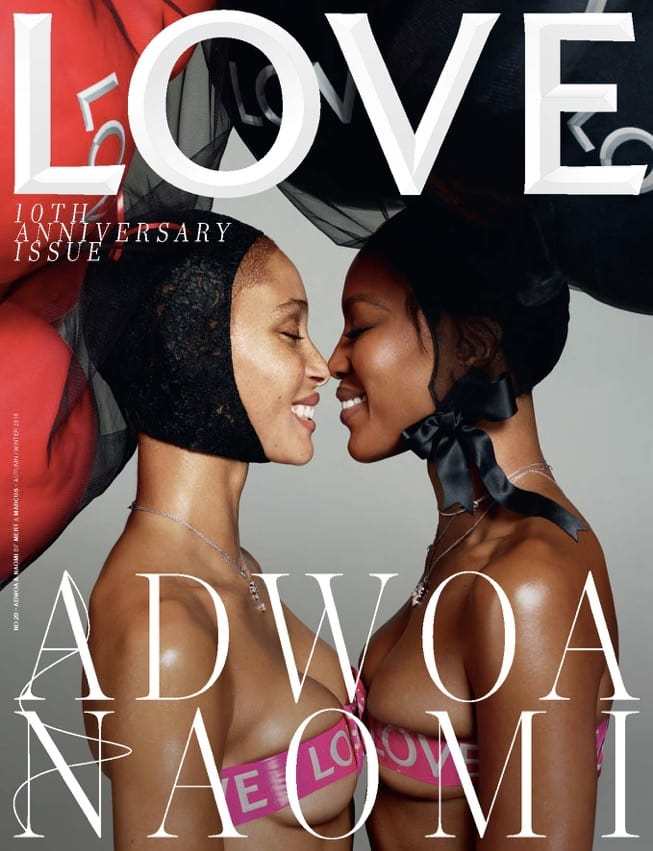
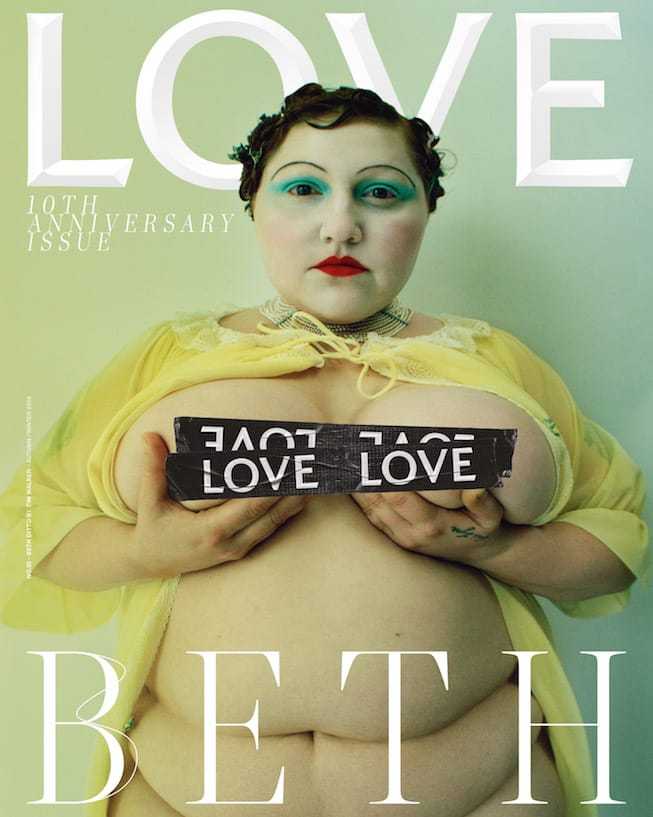

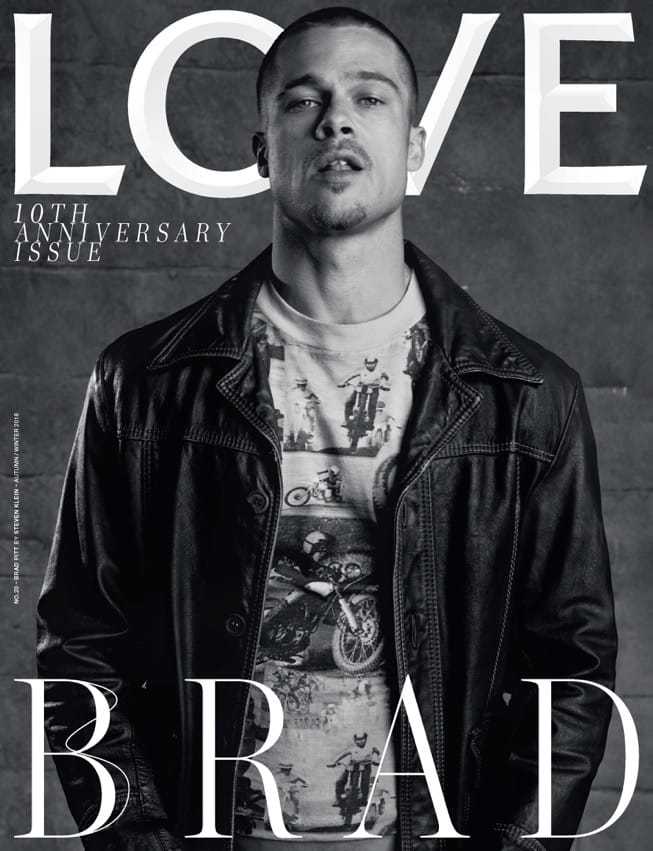
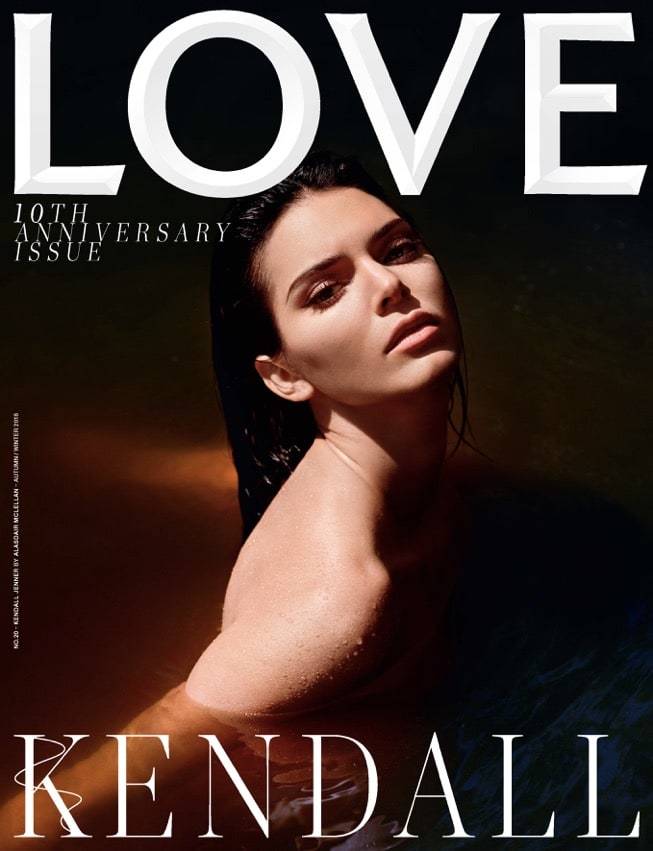
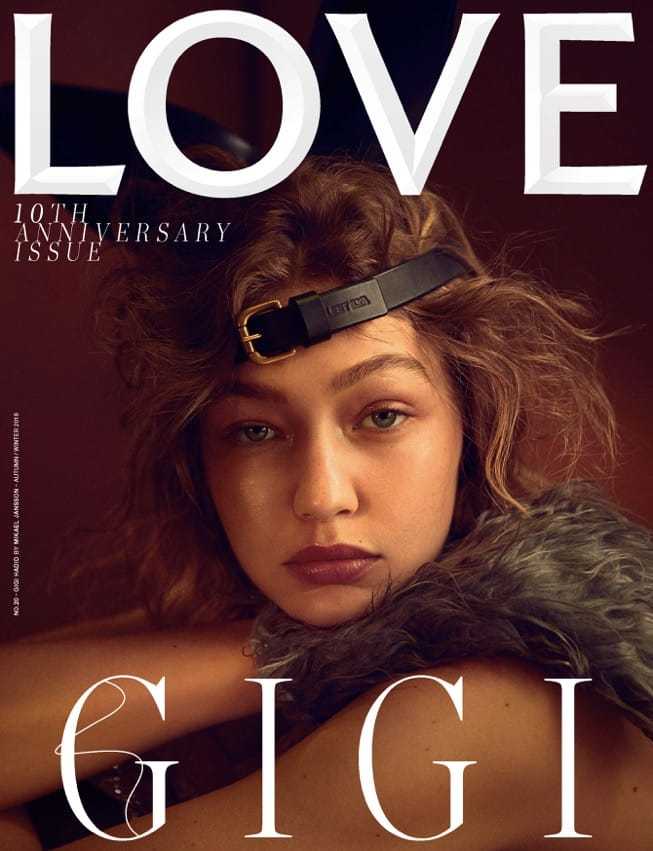
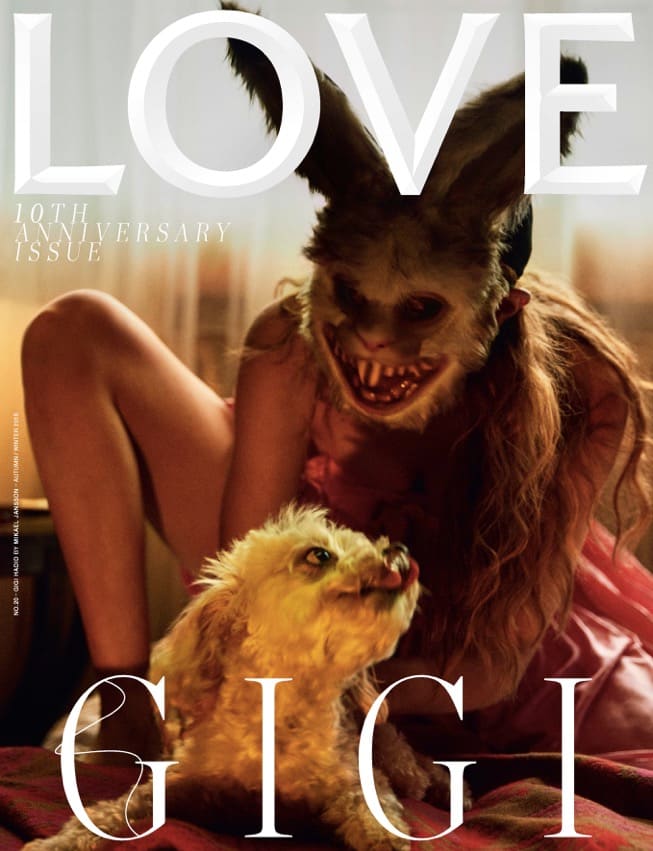

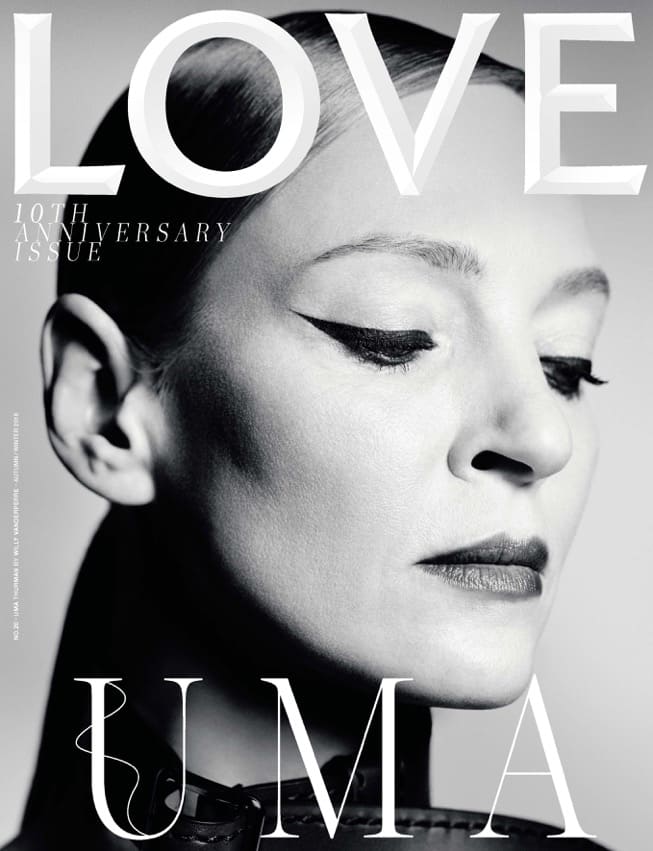

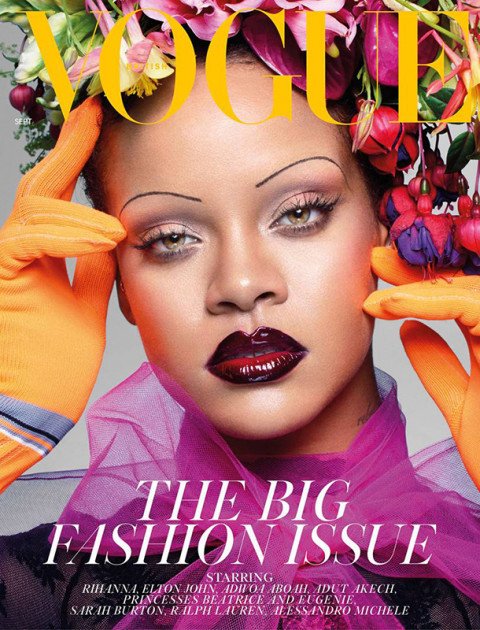
TEXT BY TANYA TRETYAKOVA

